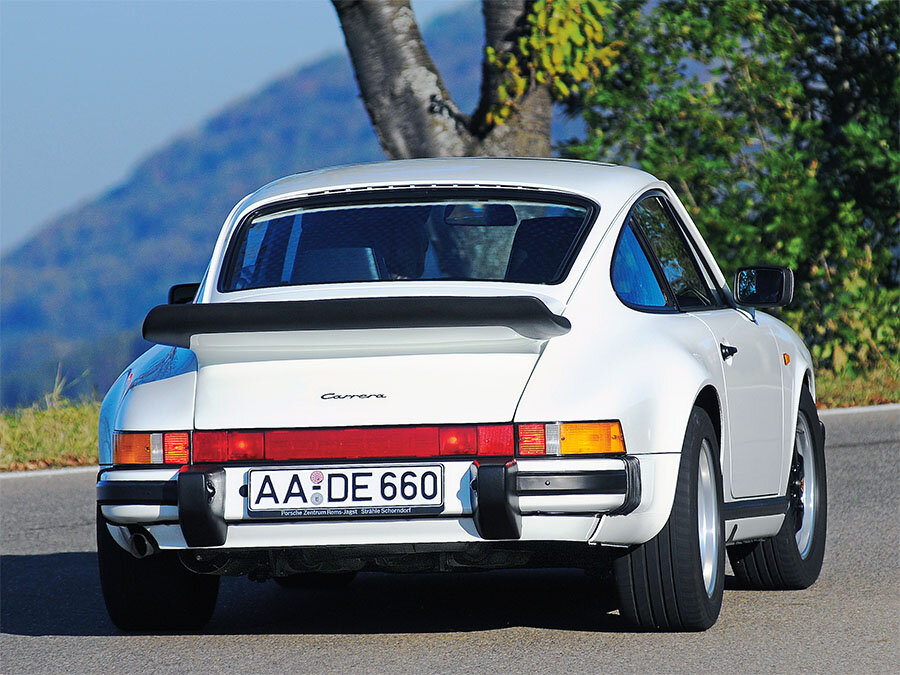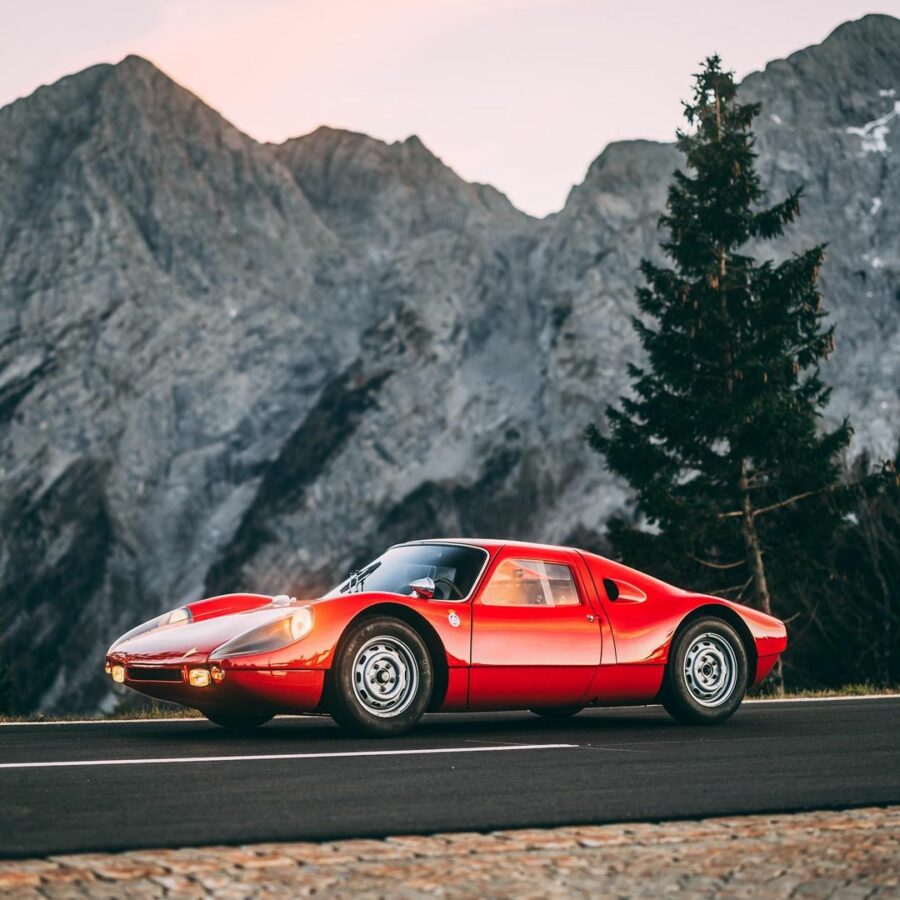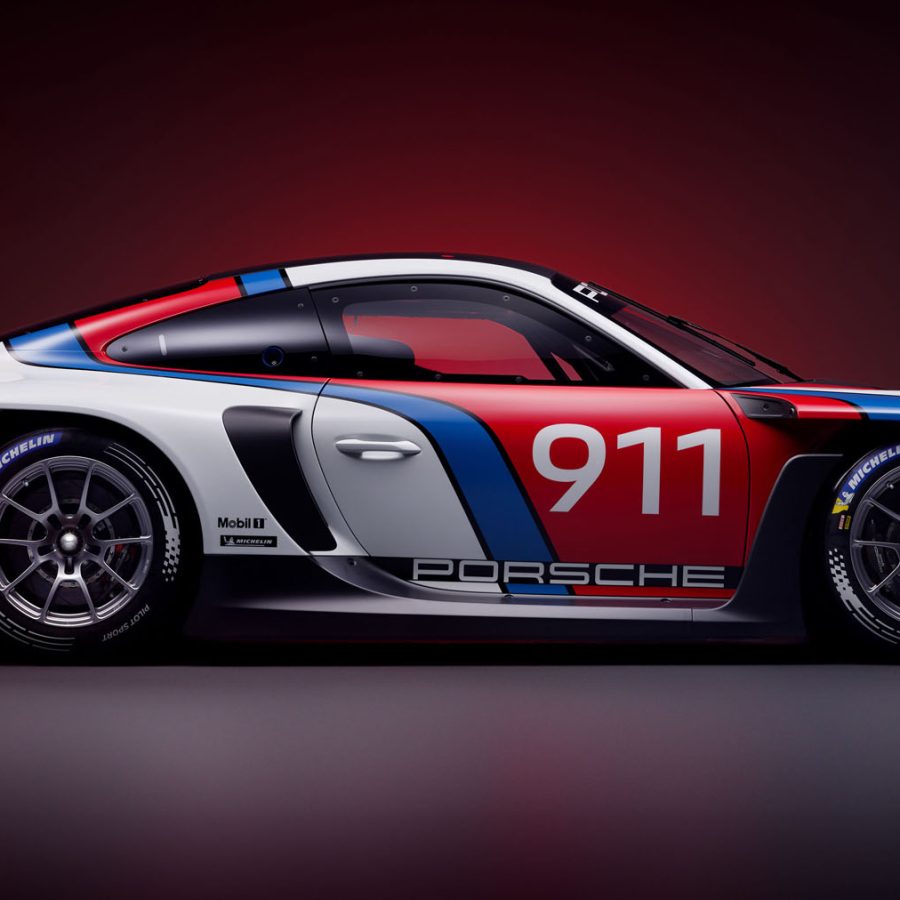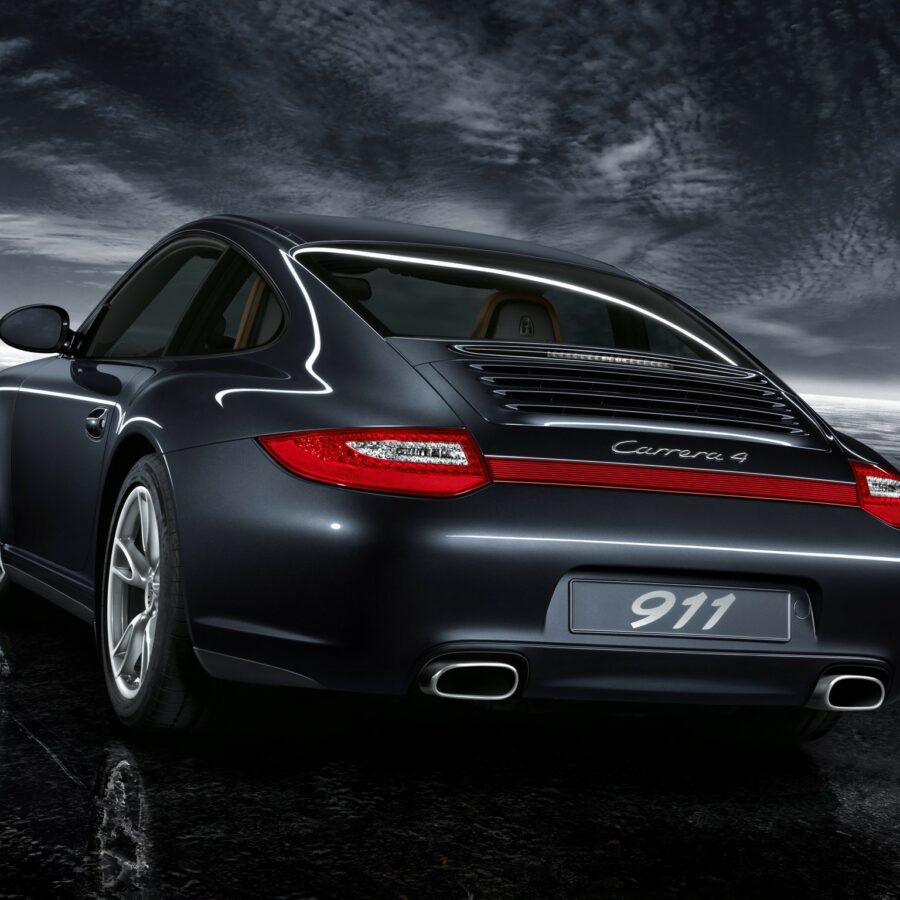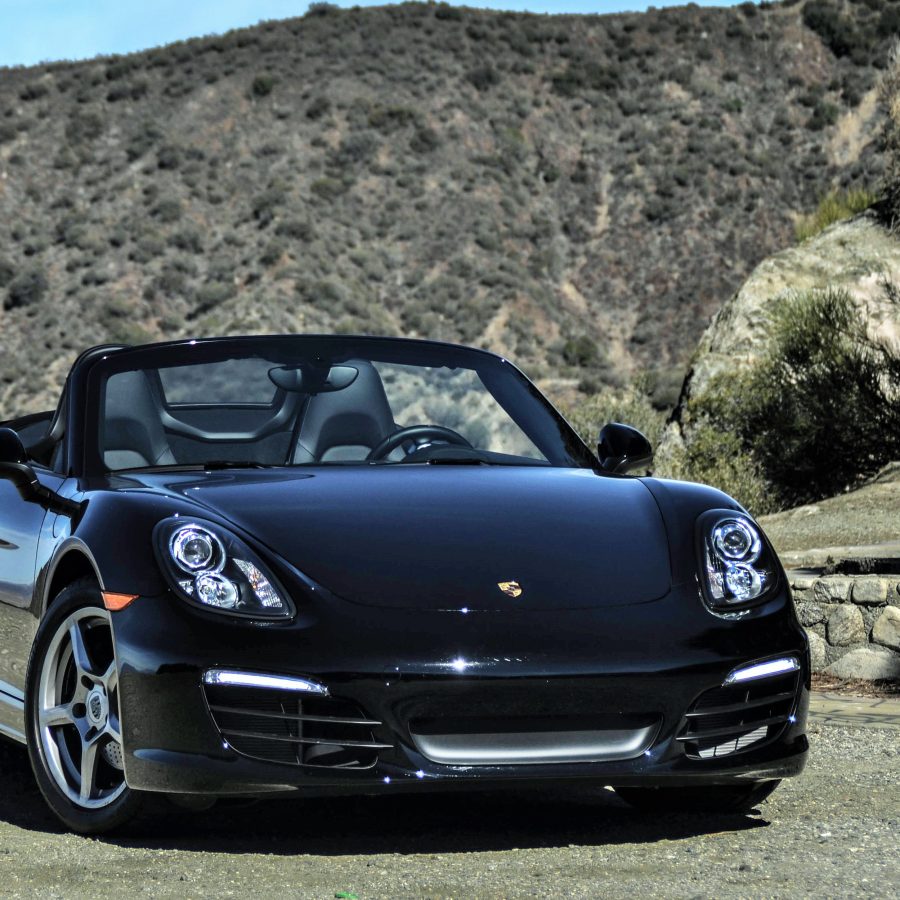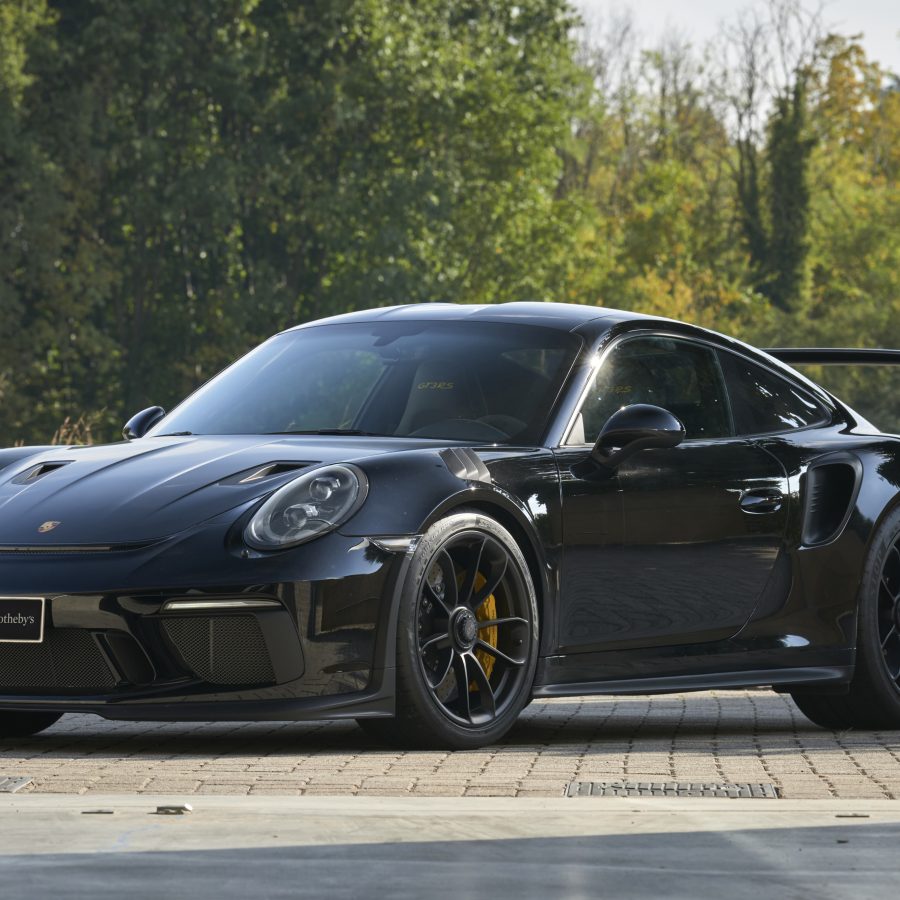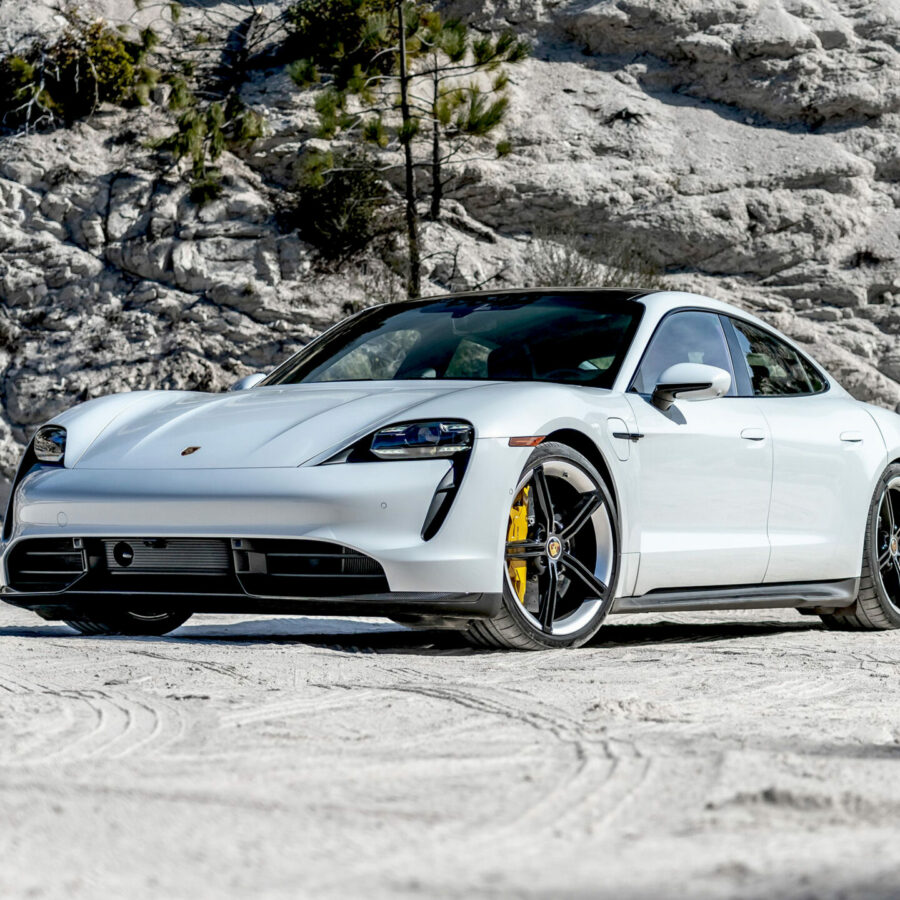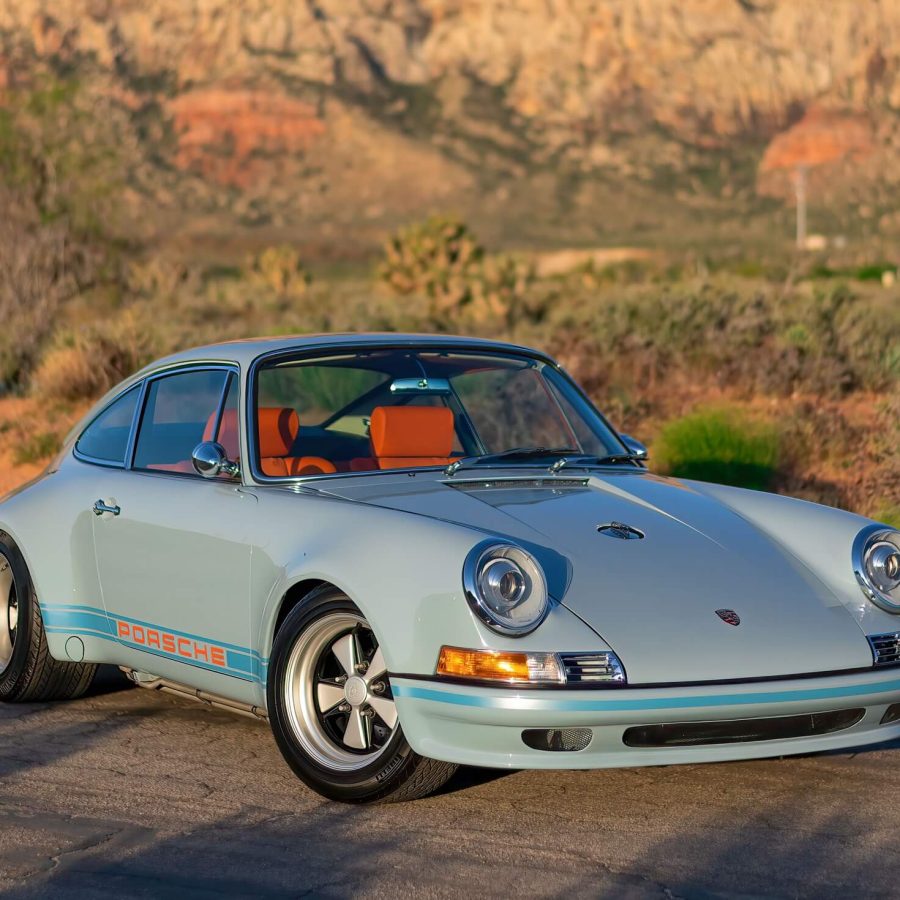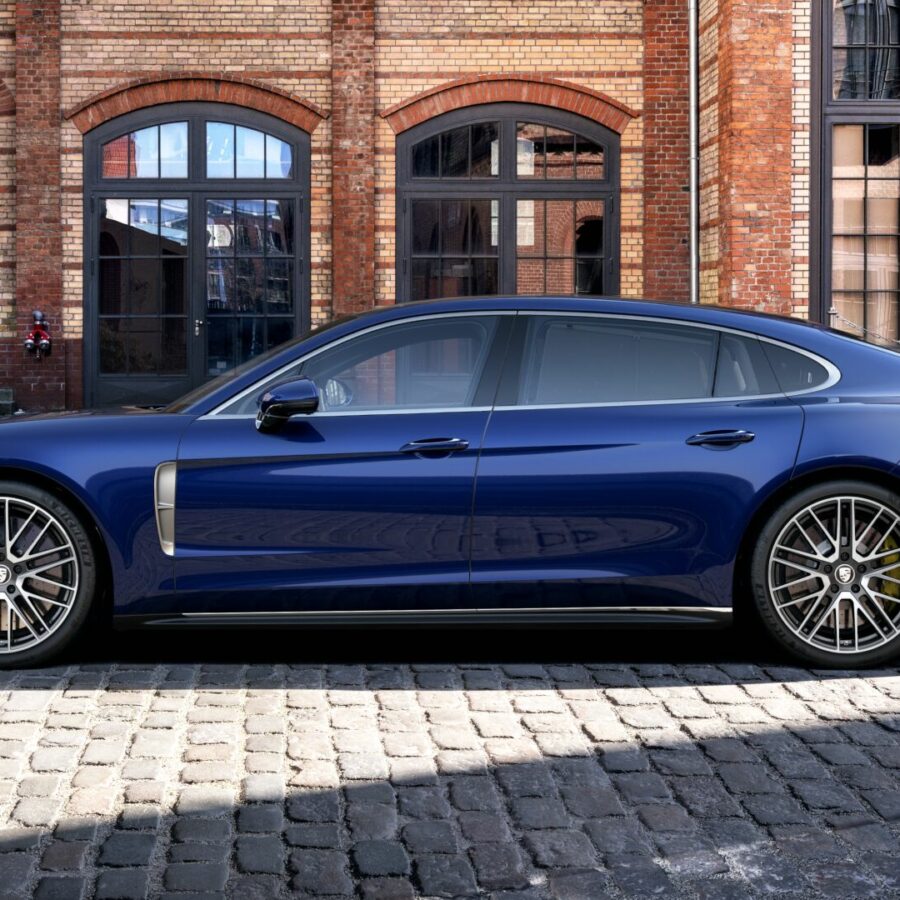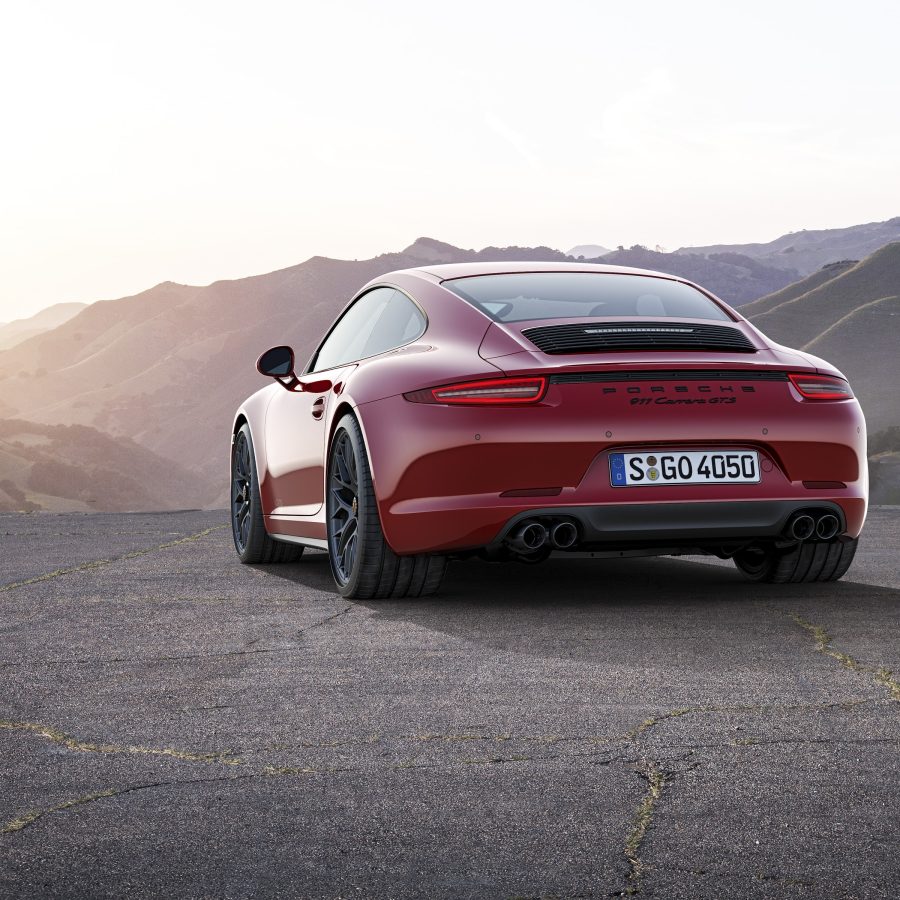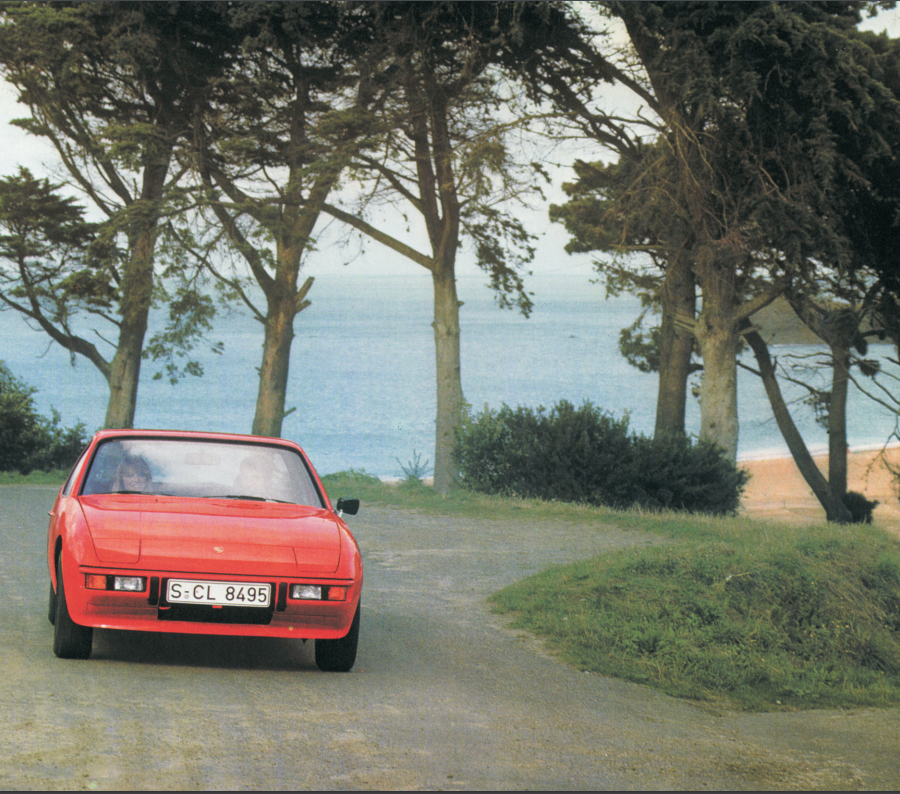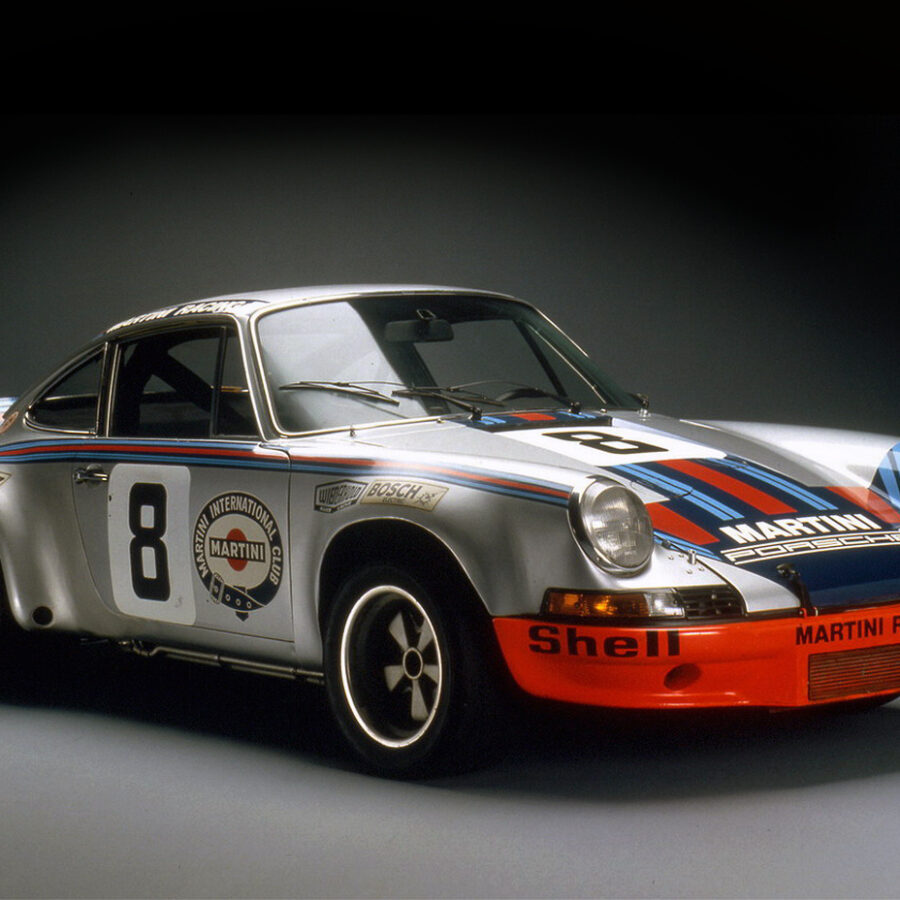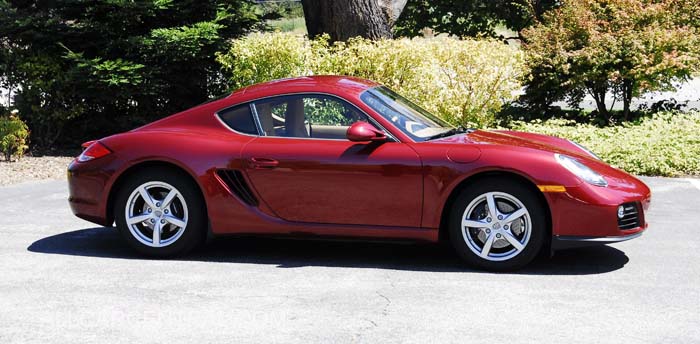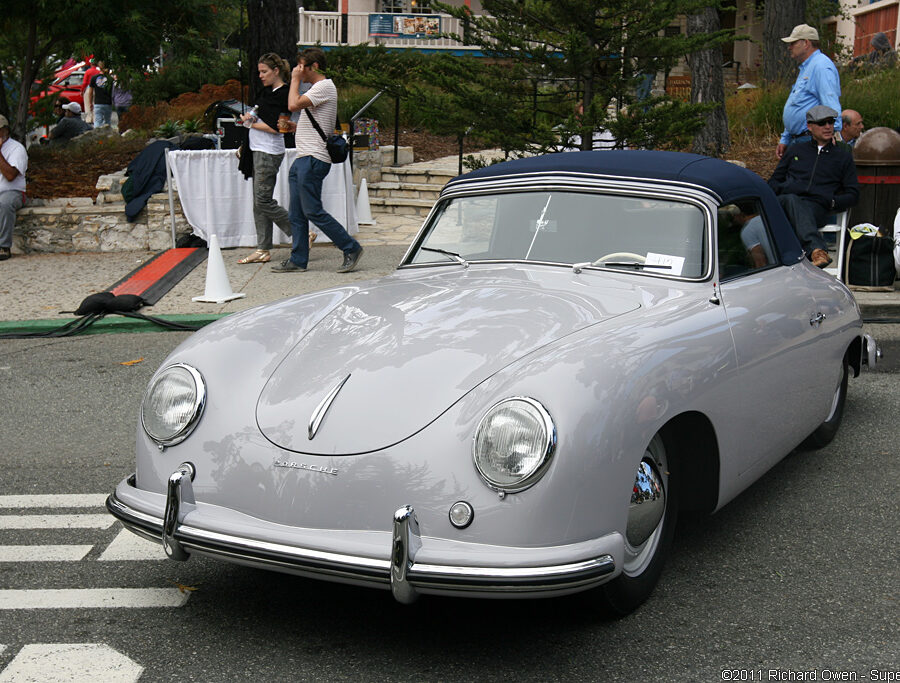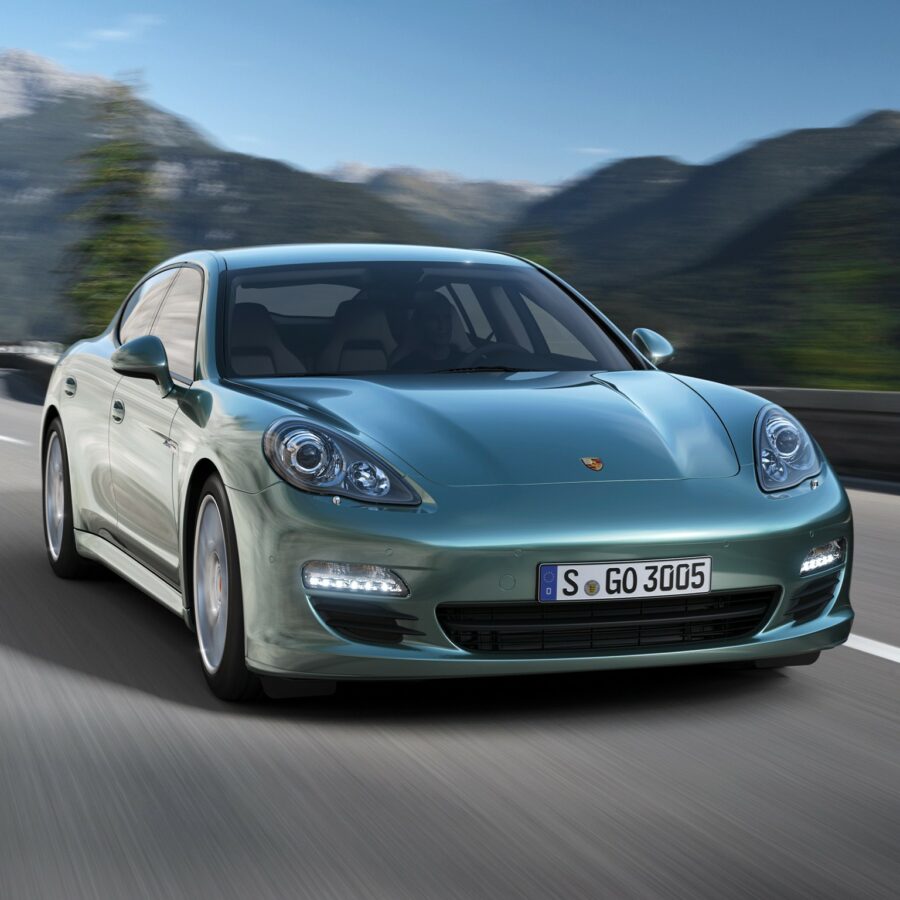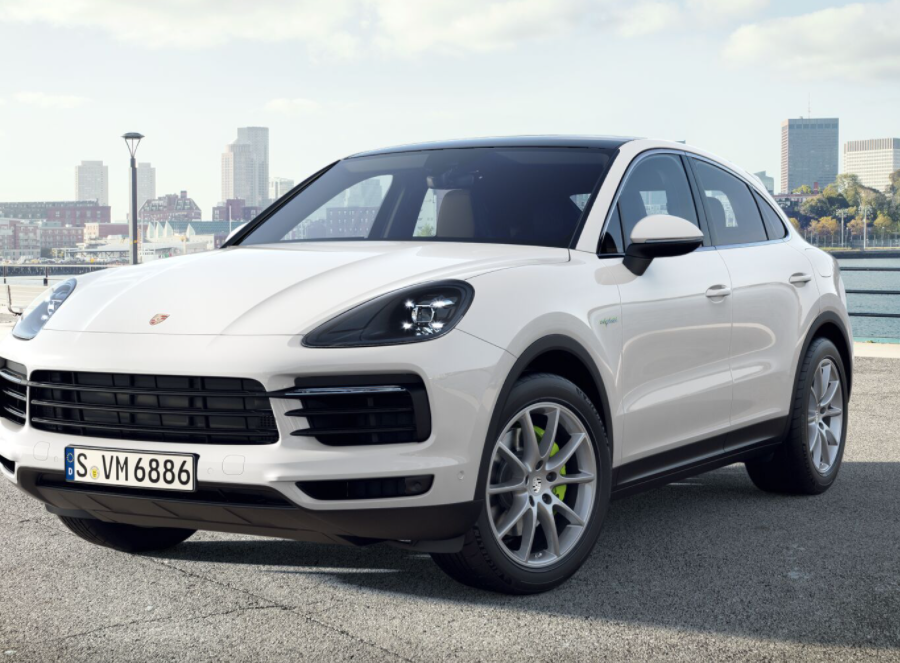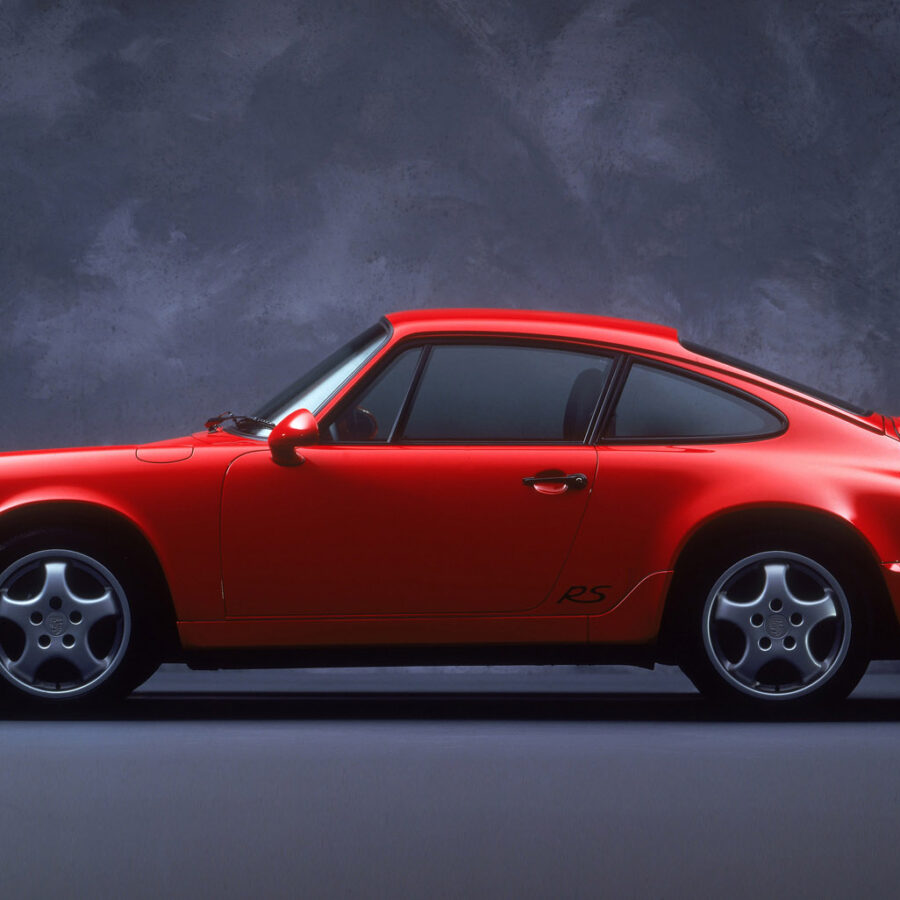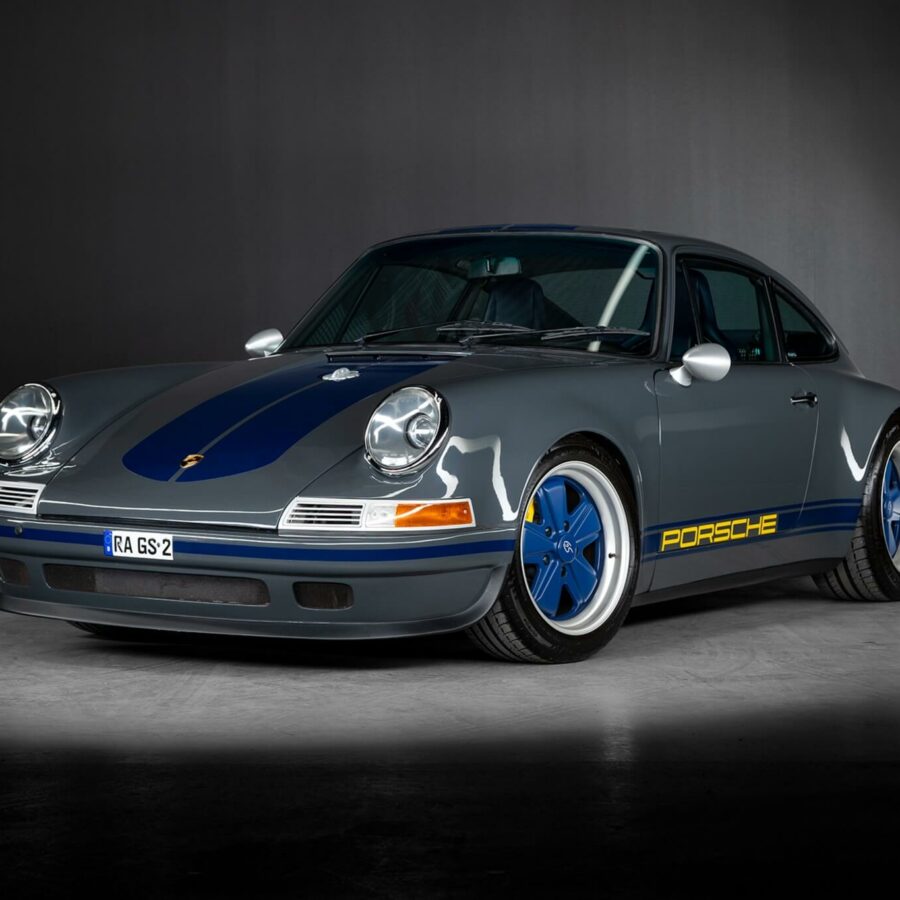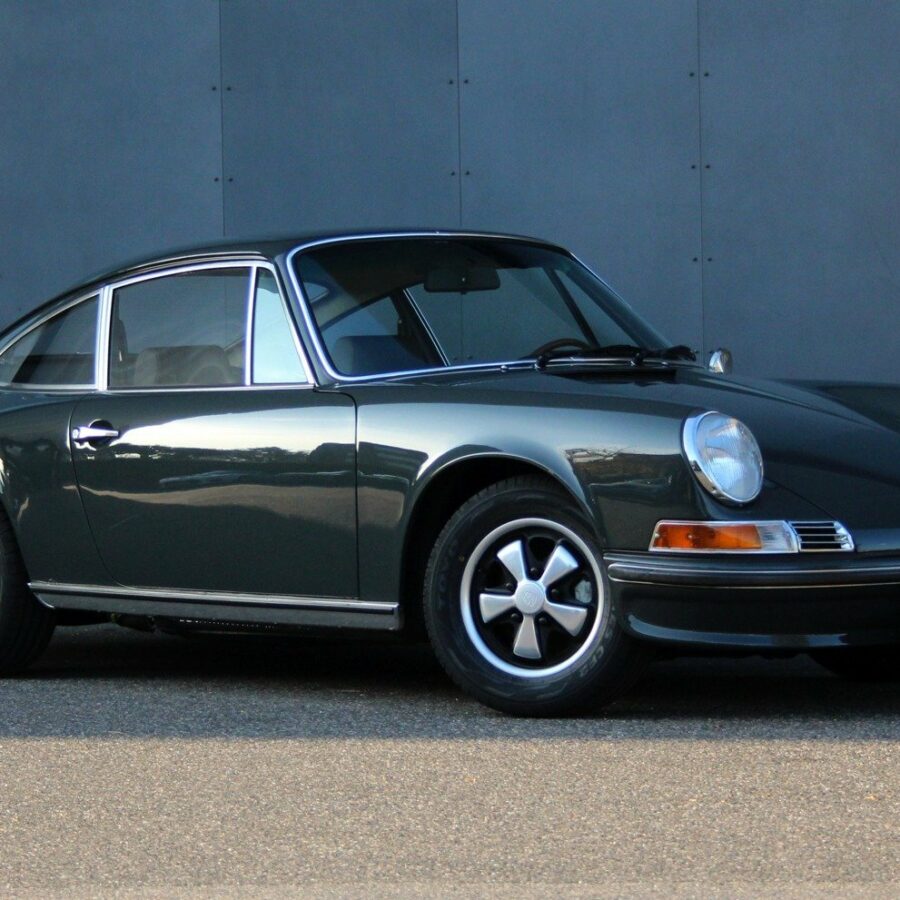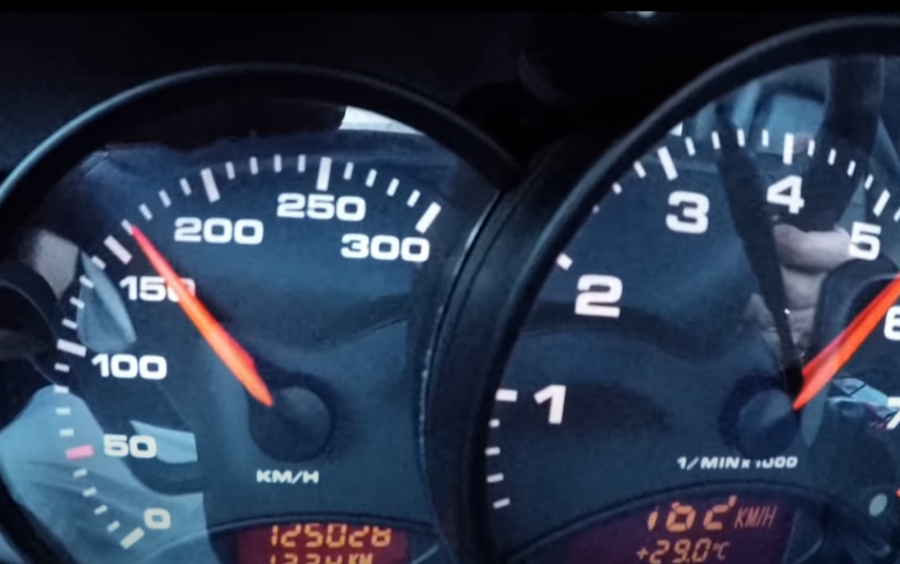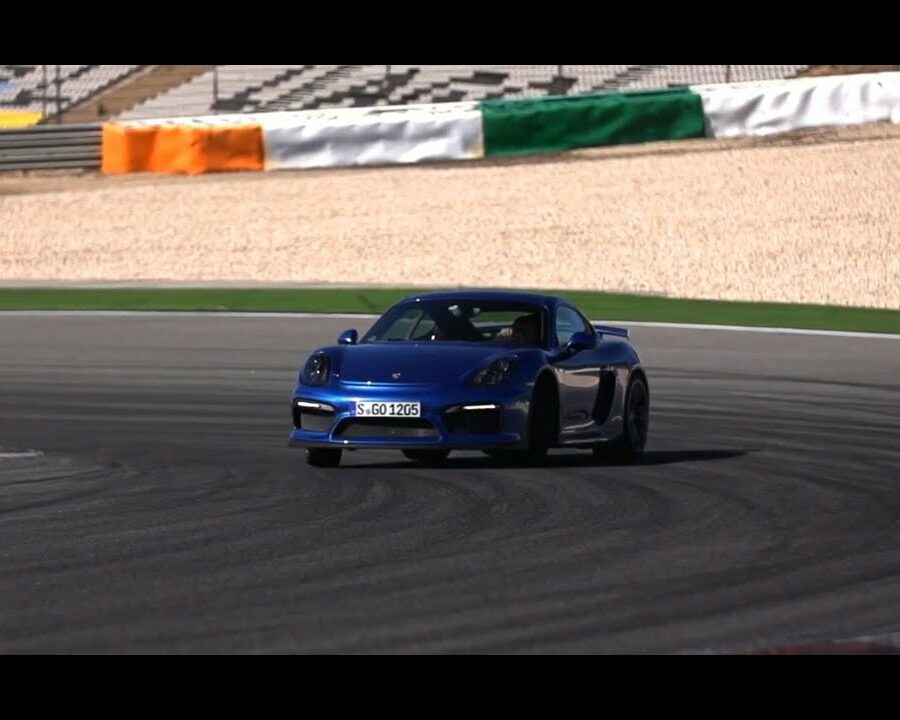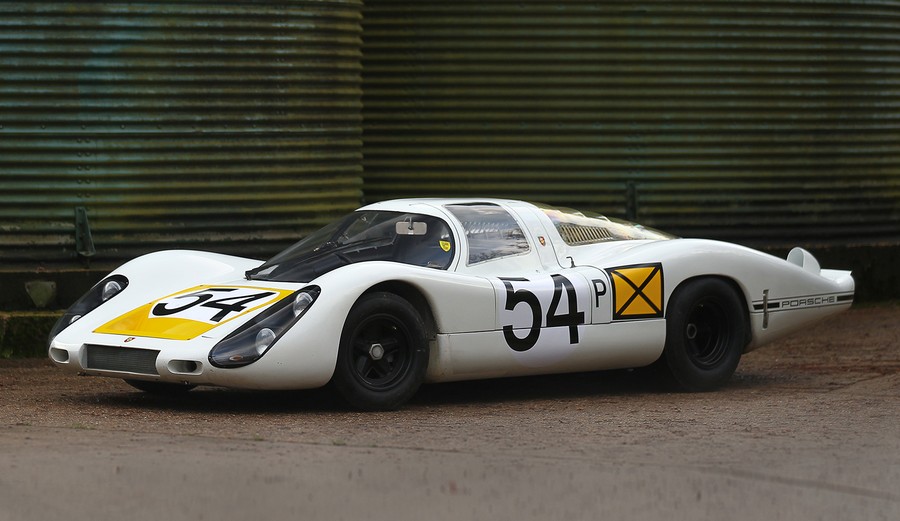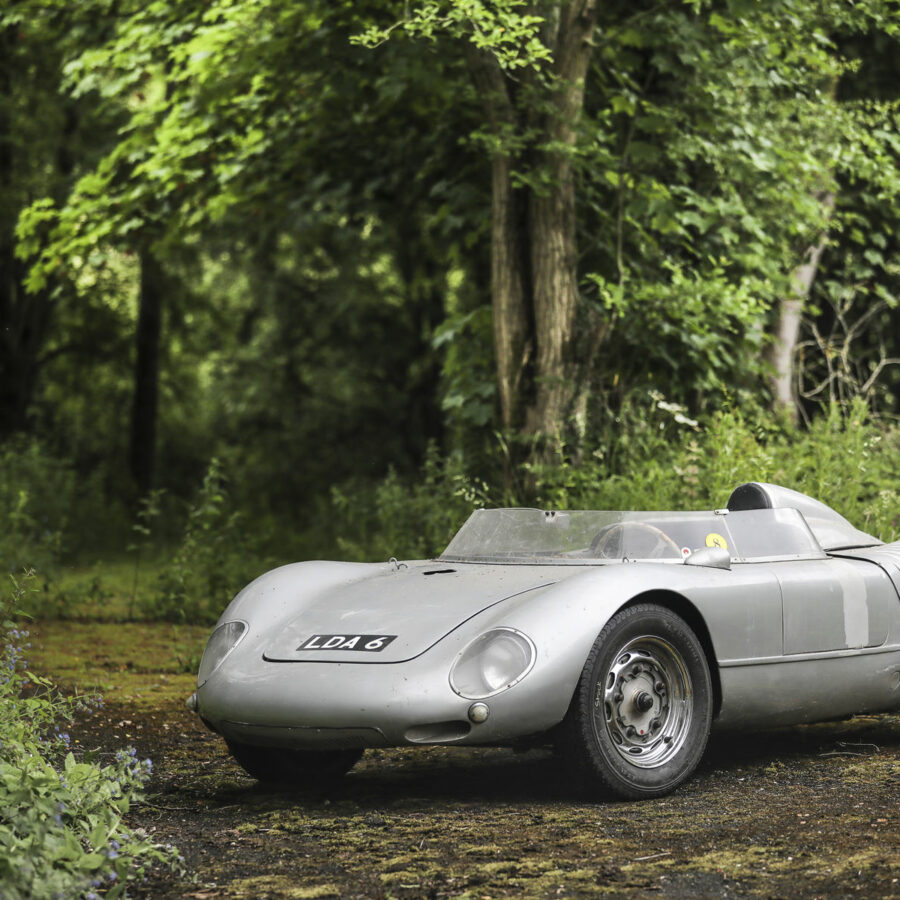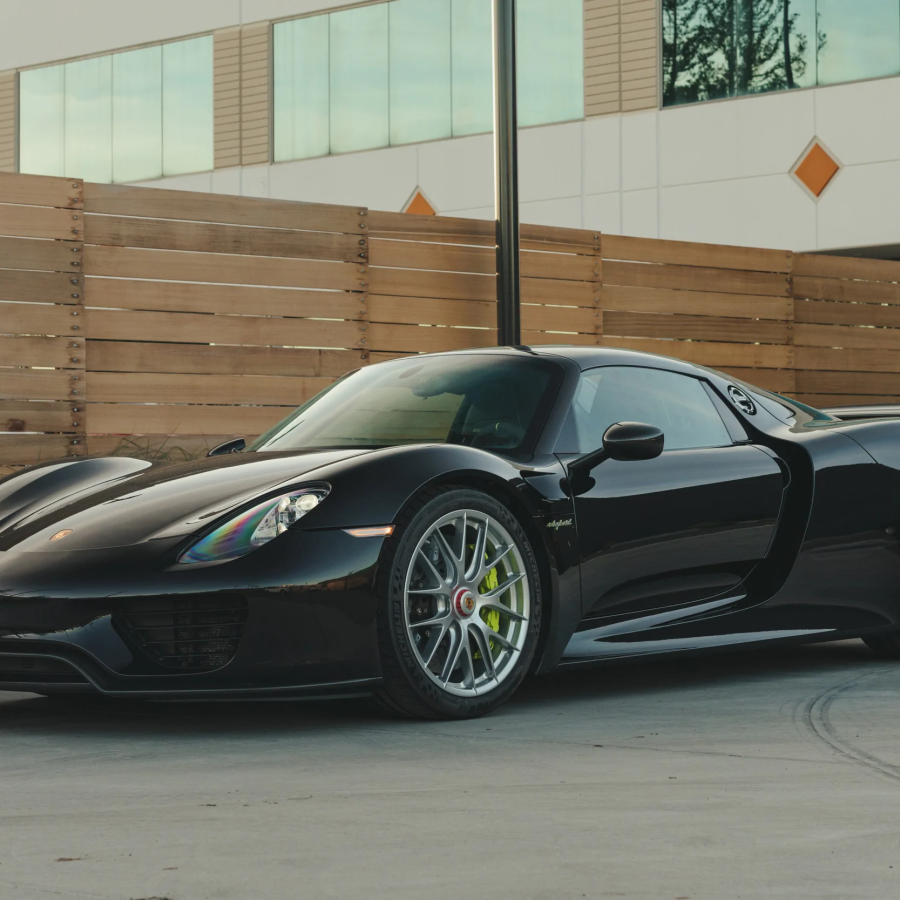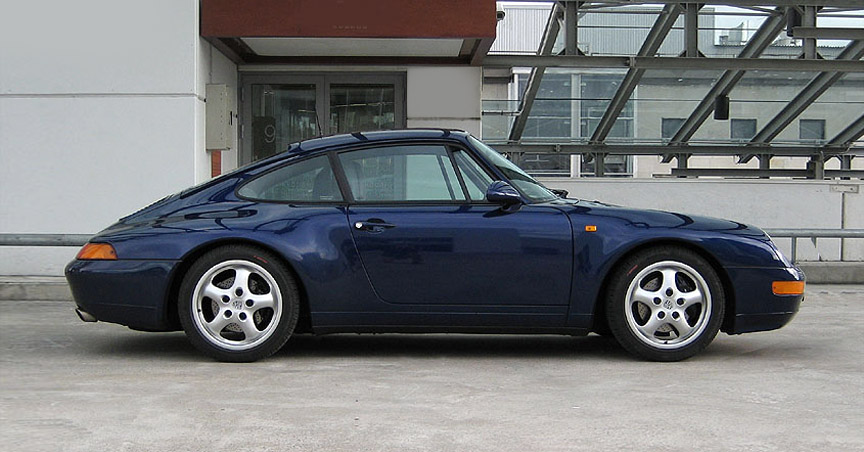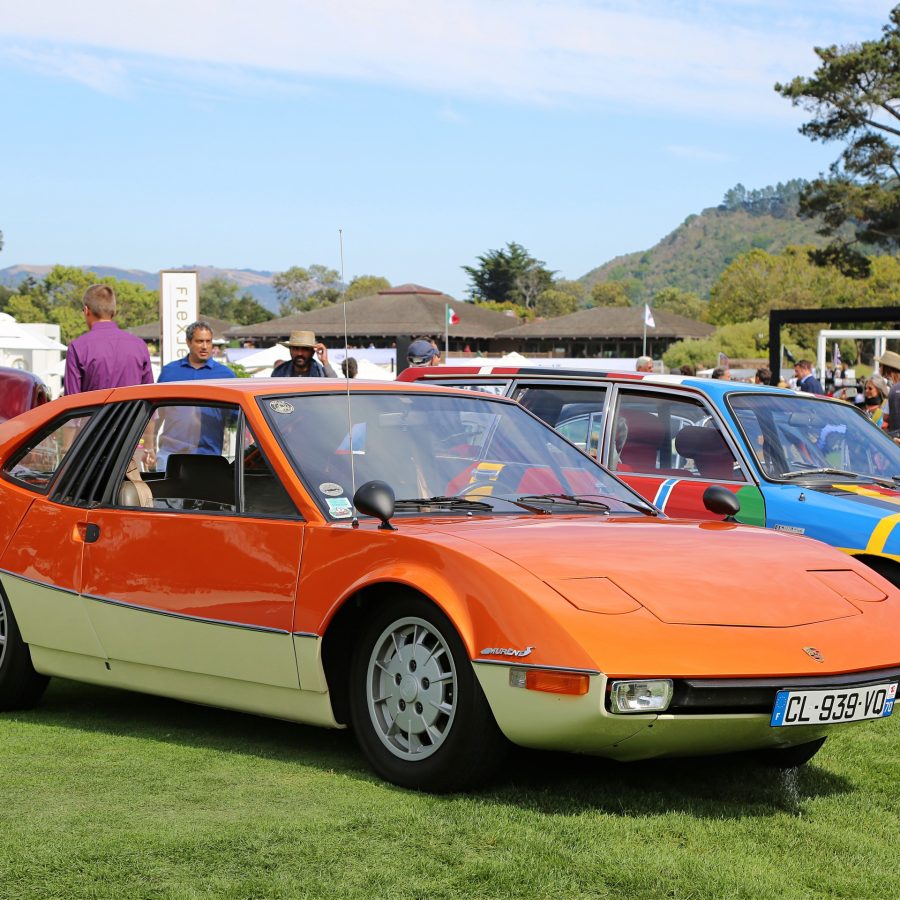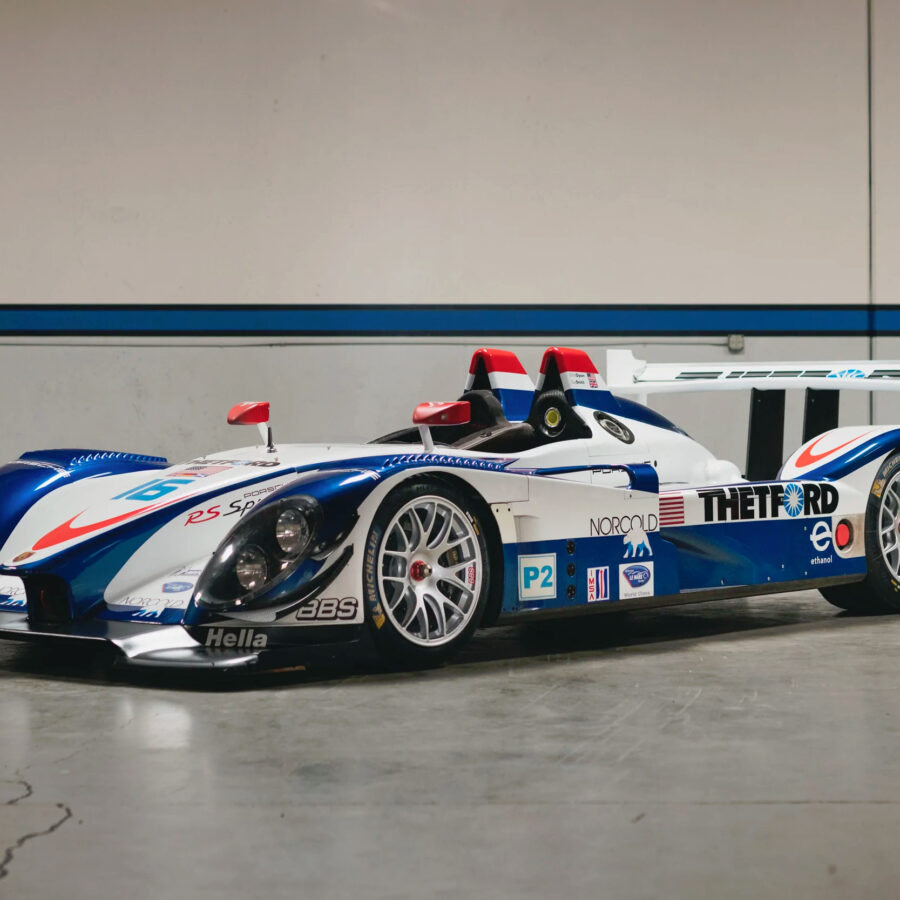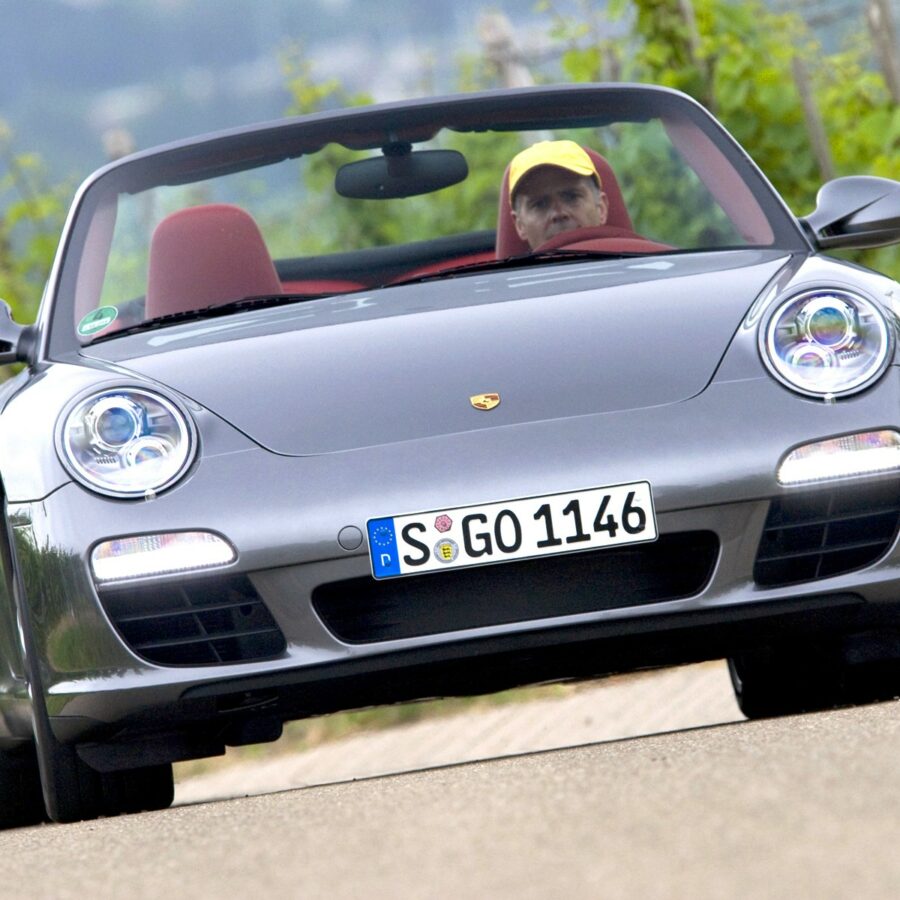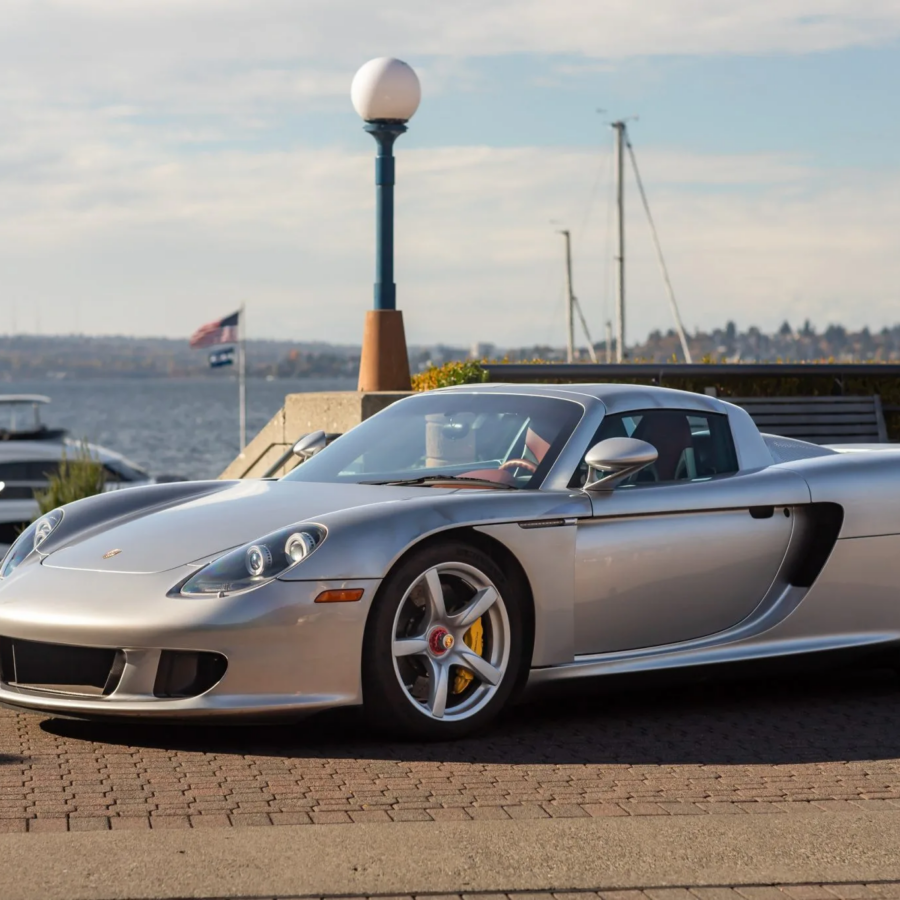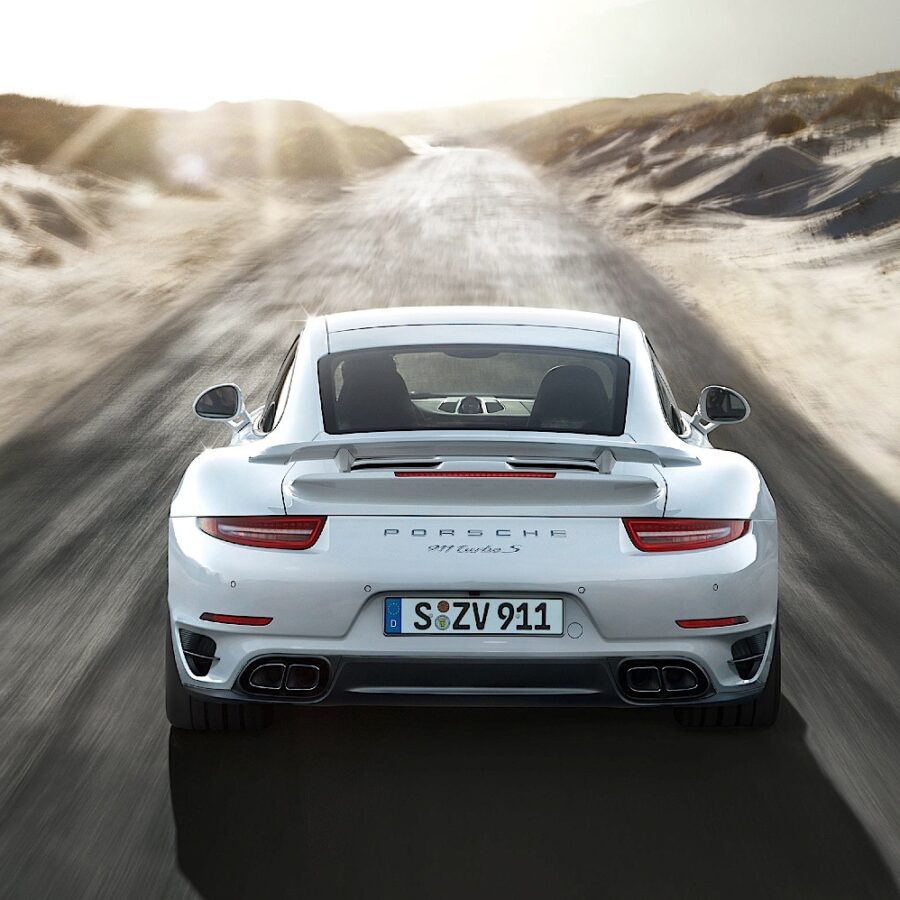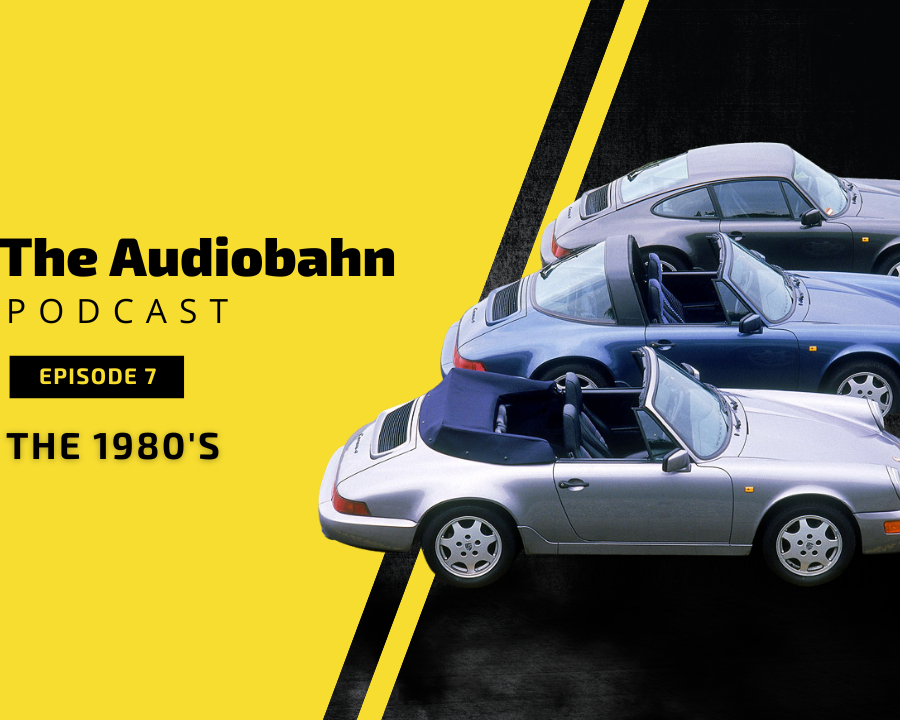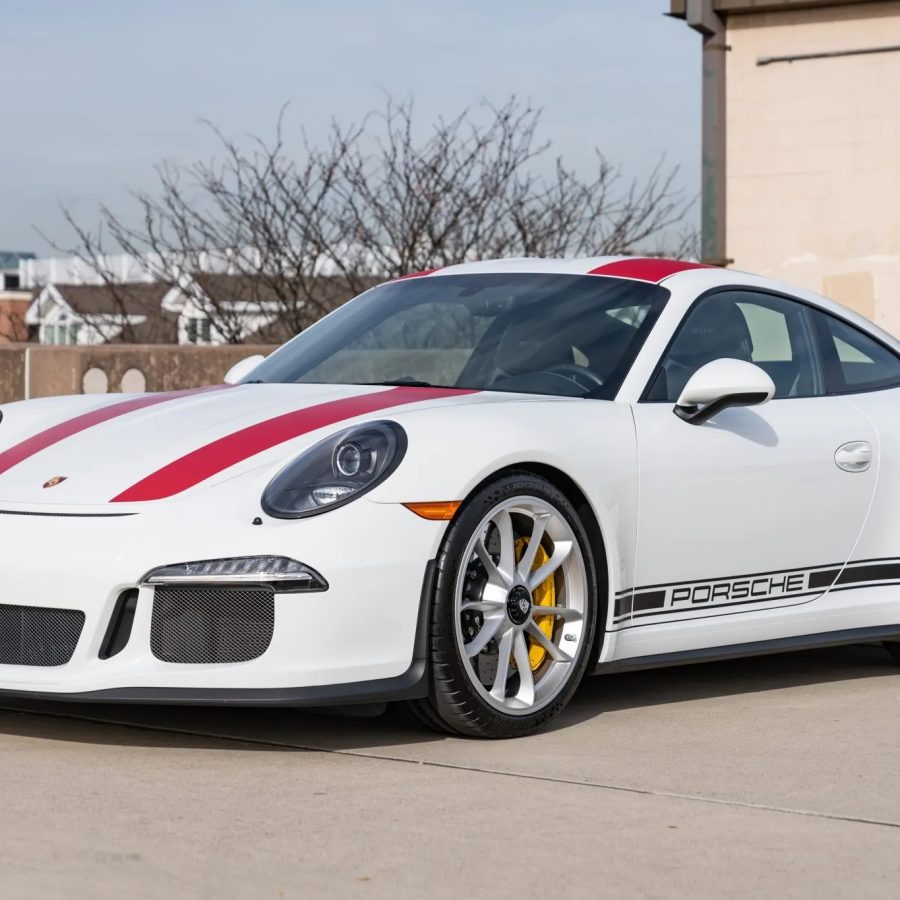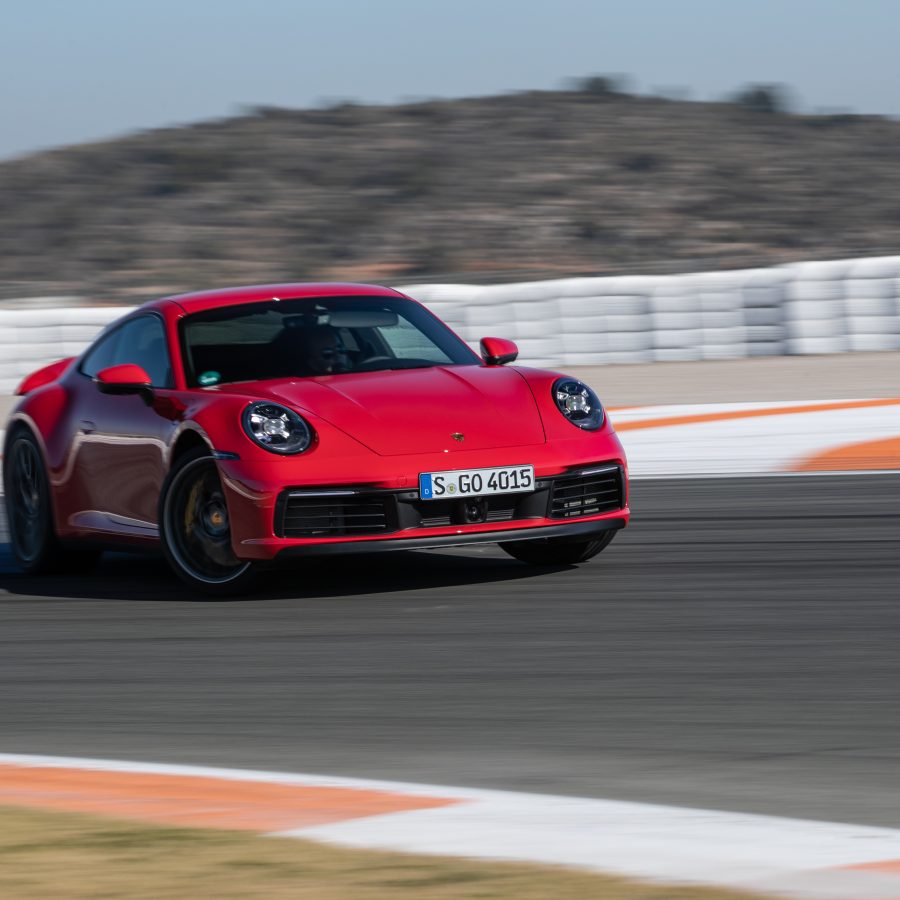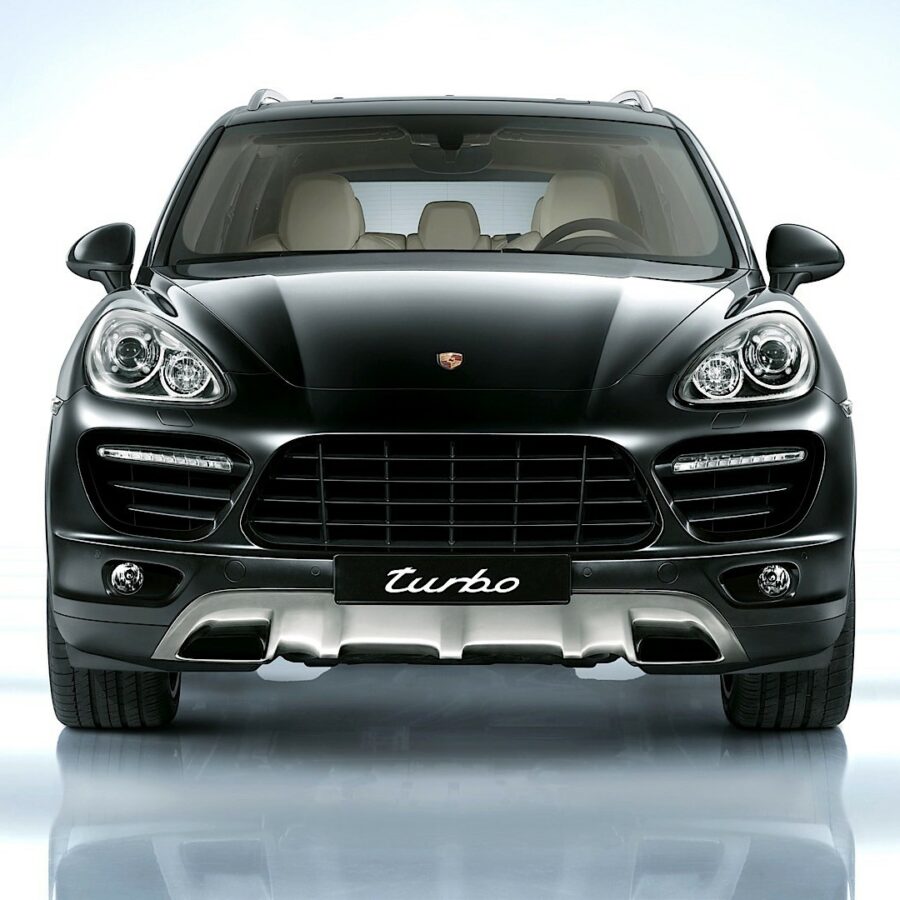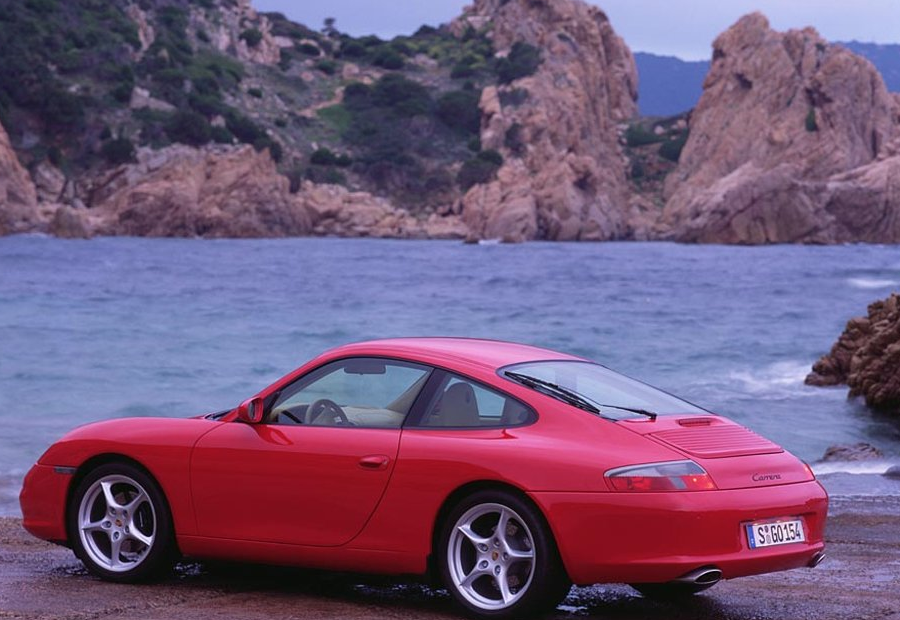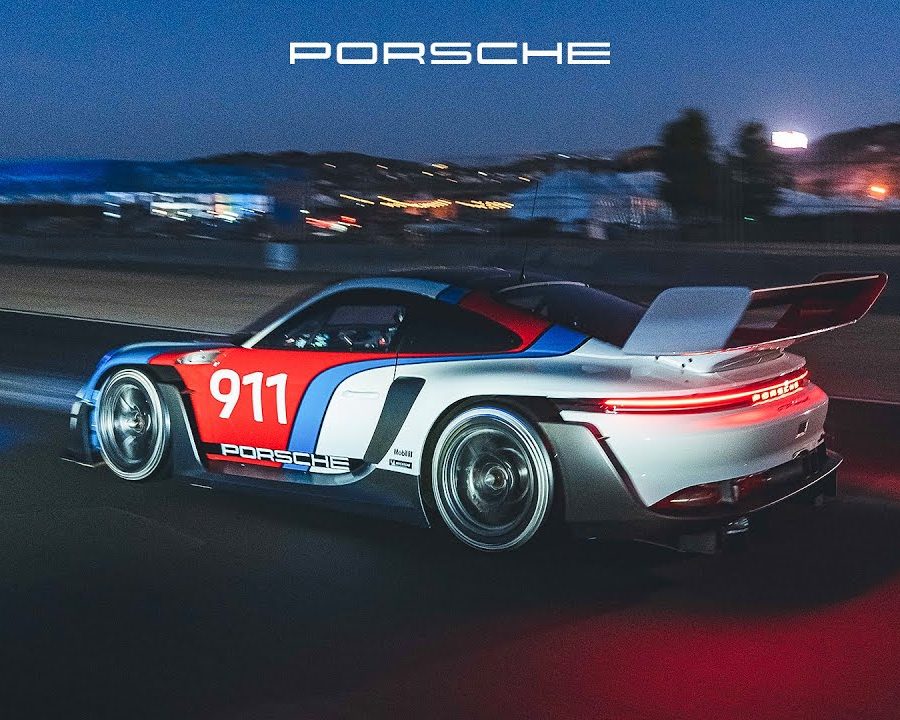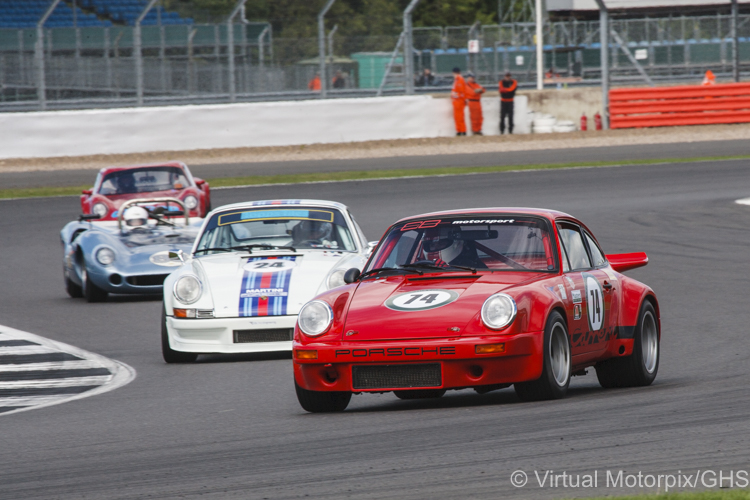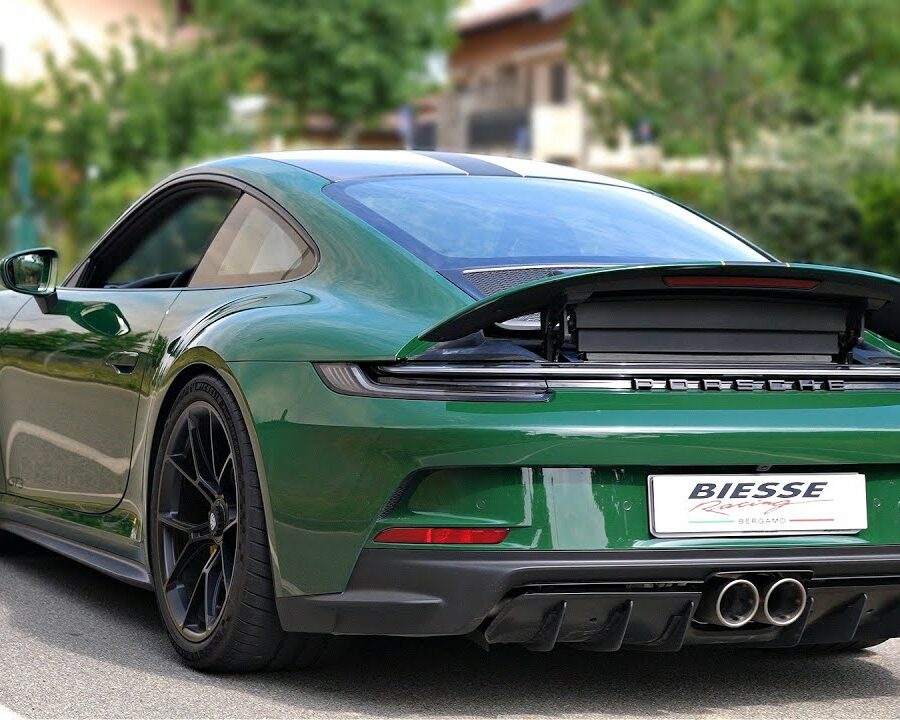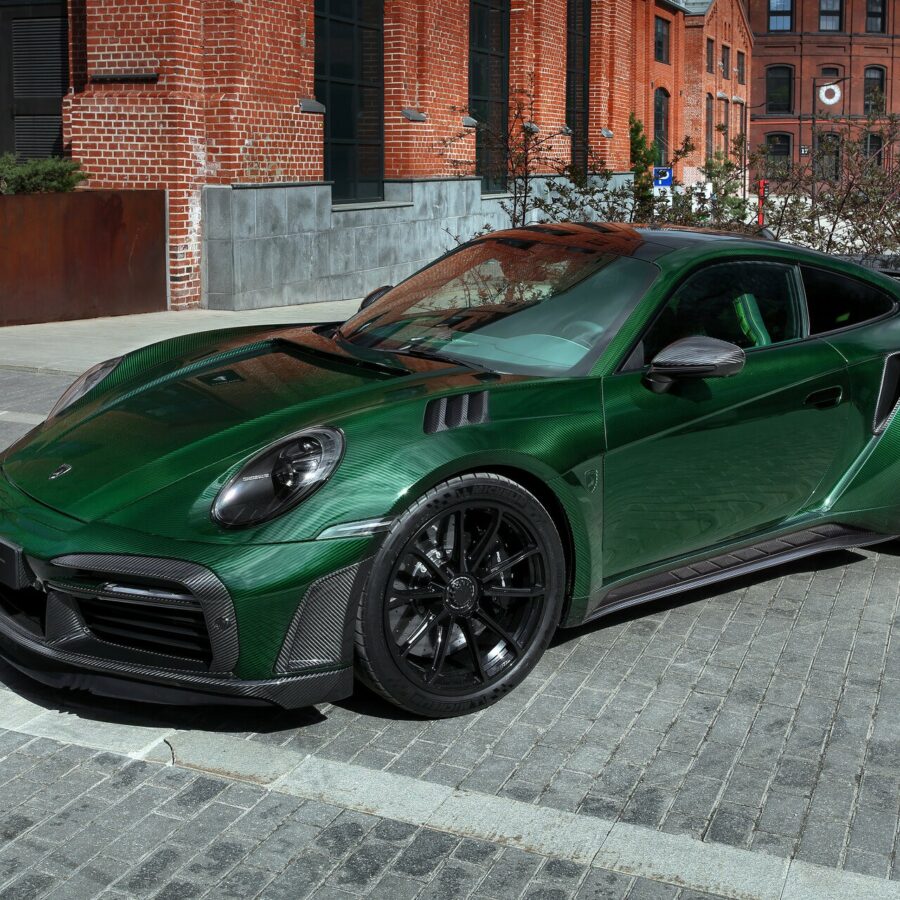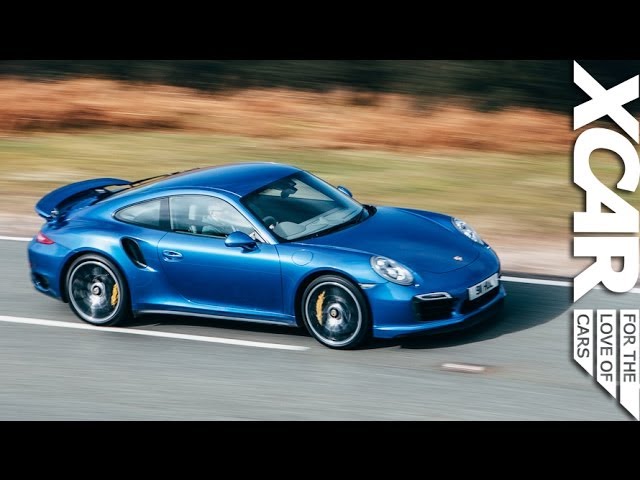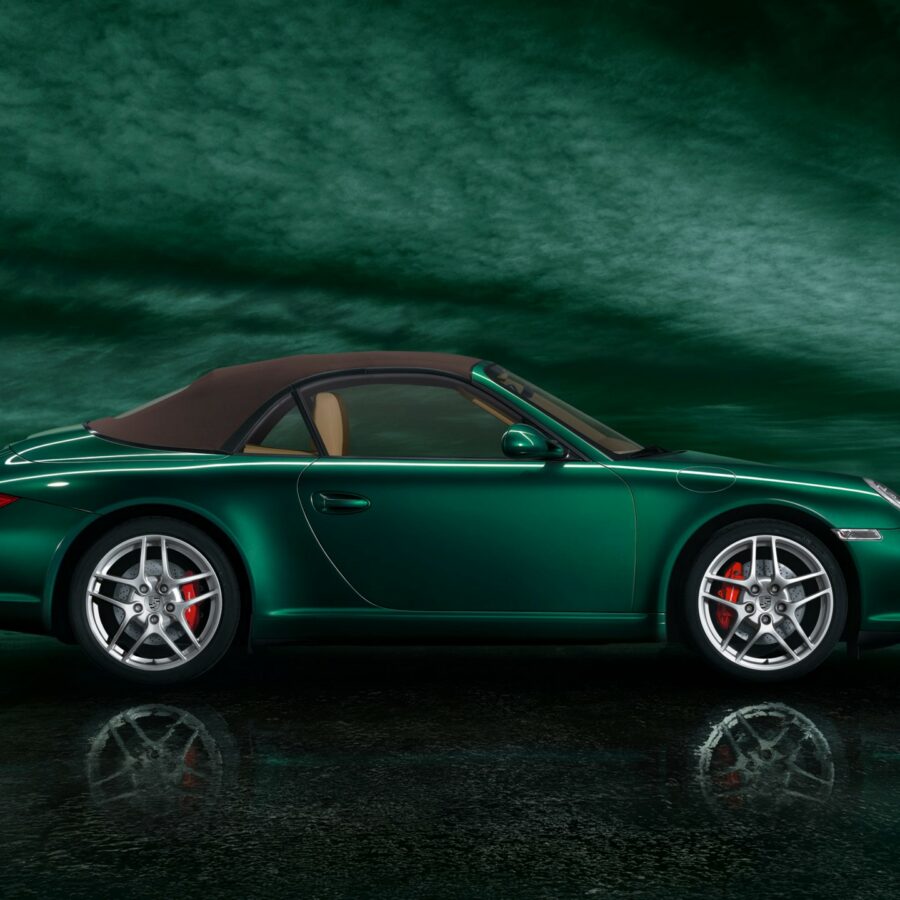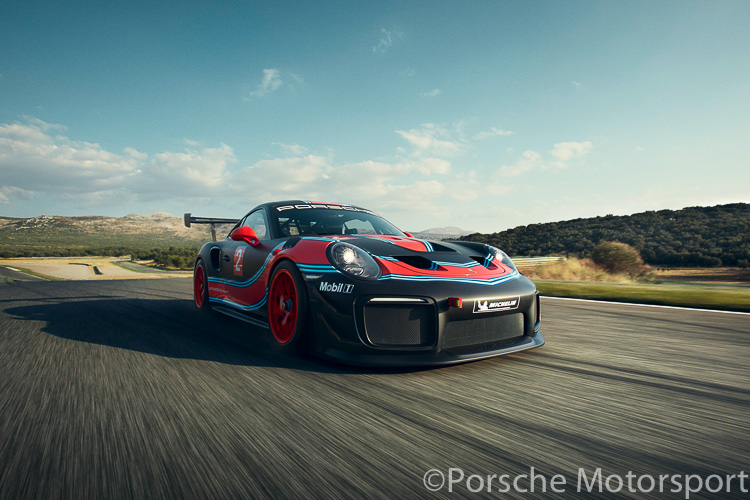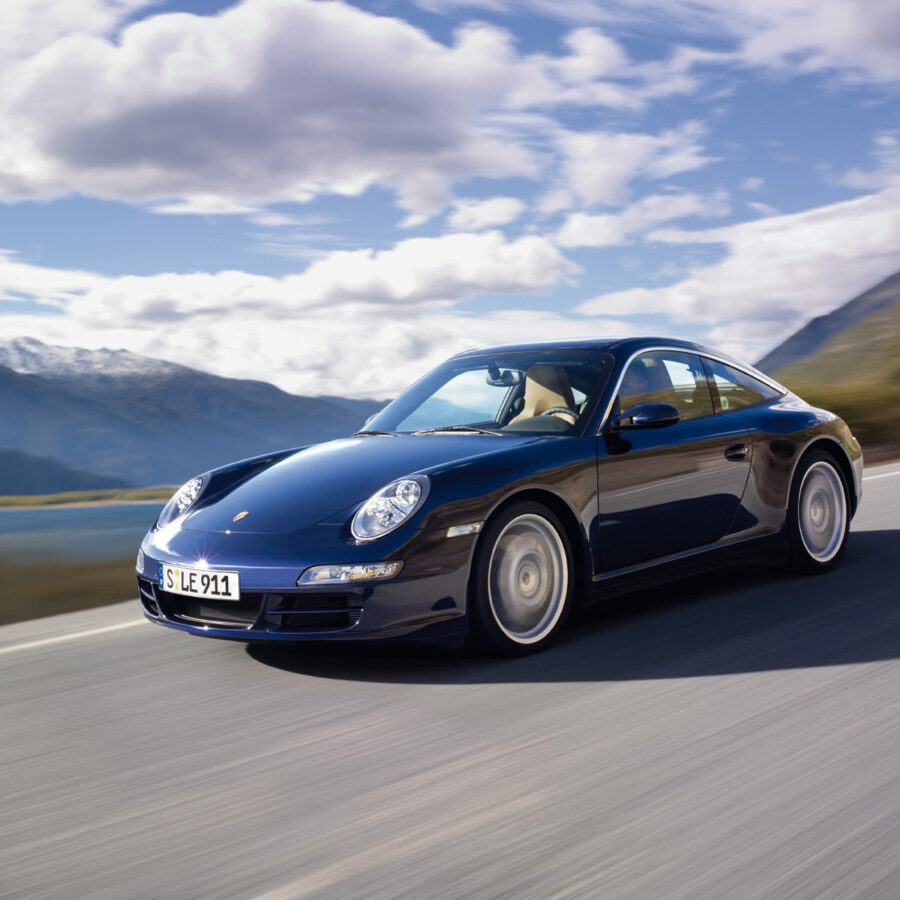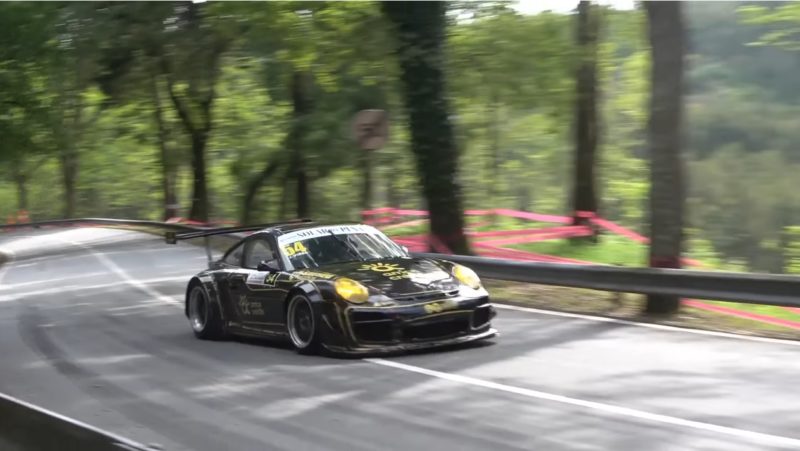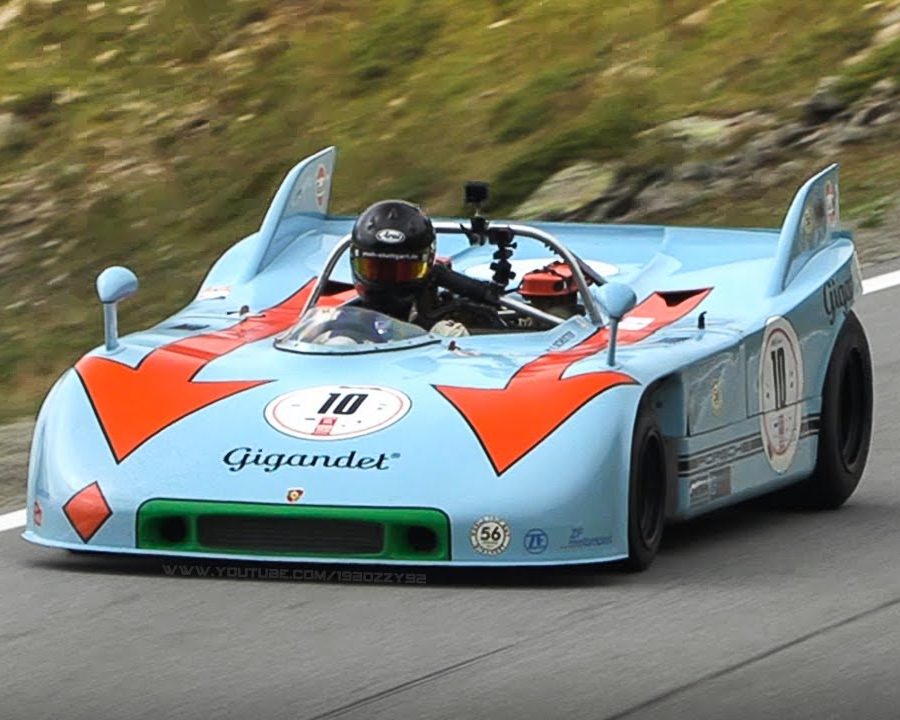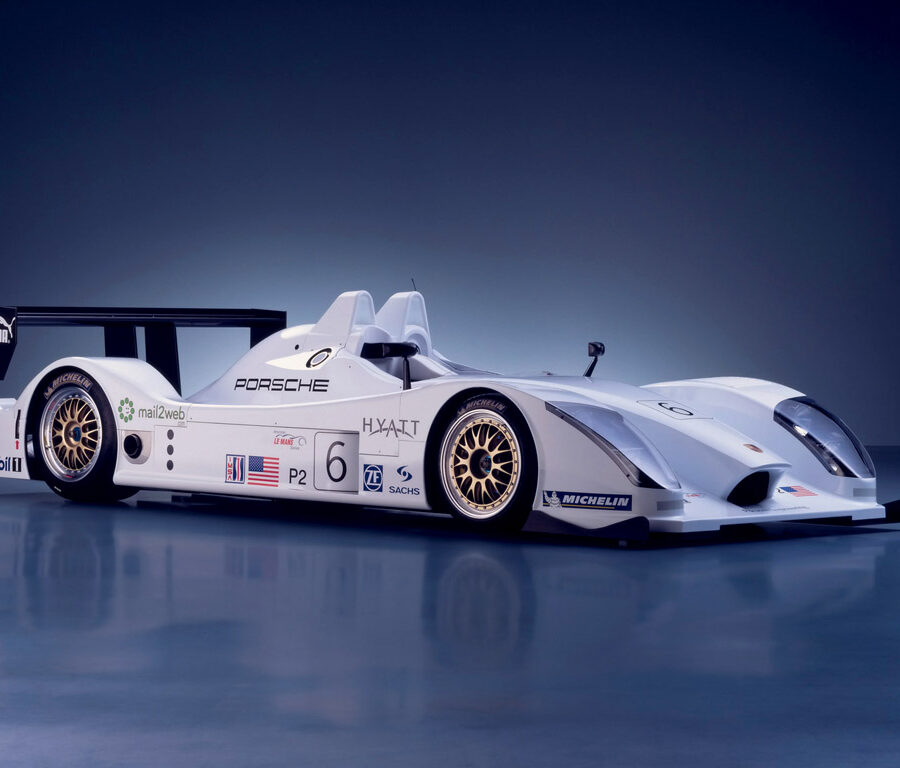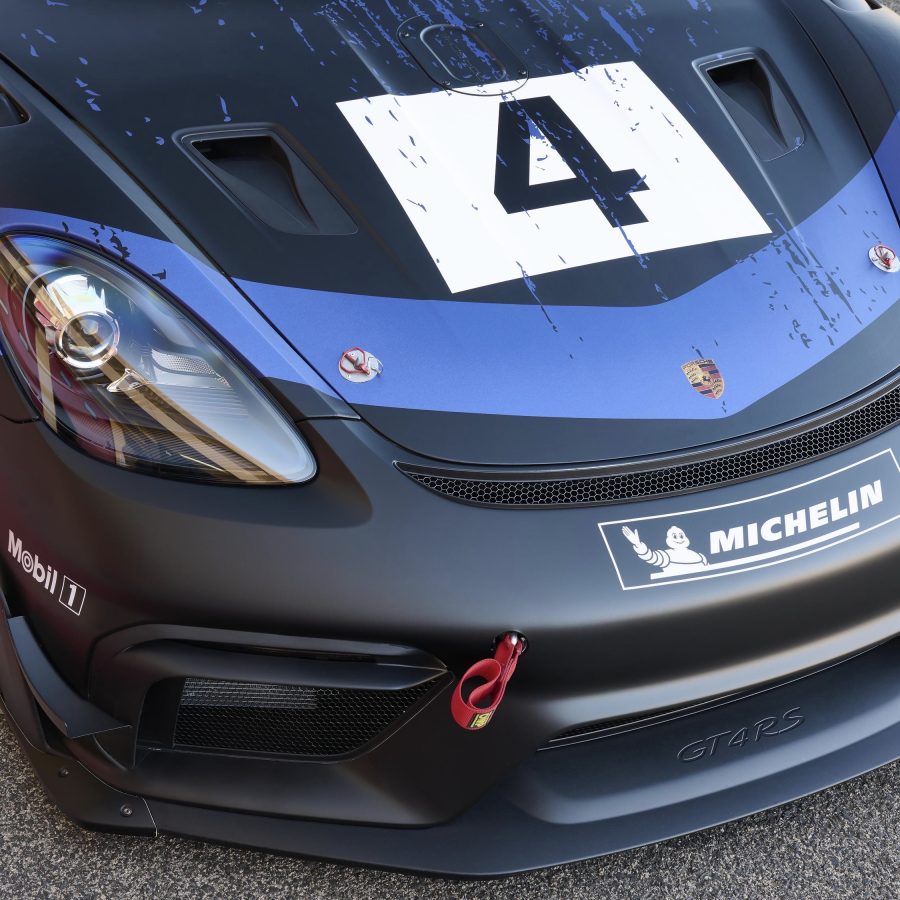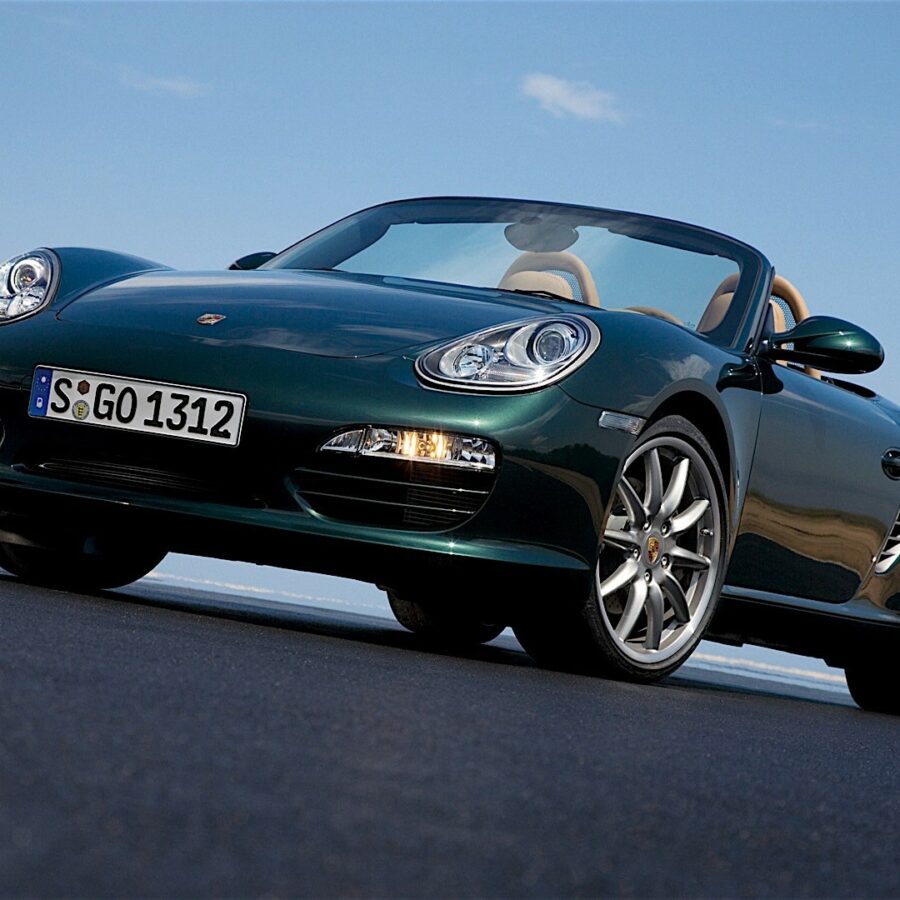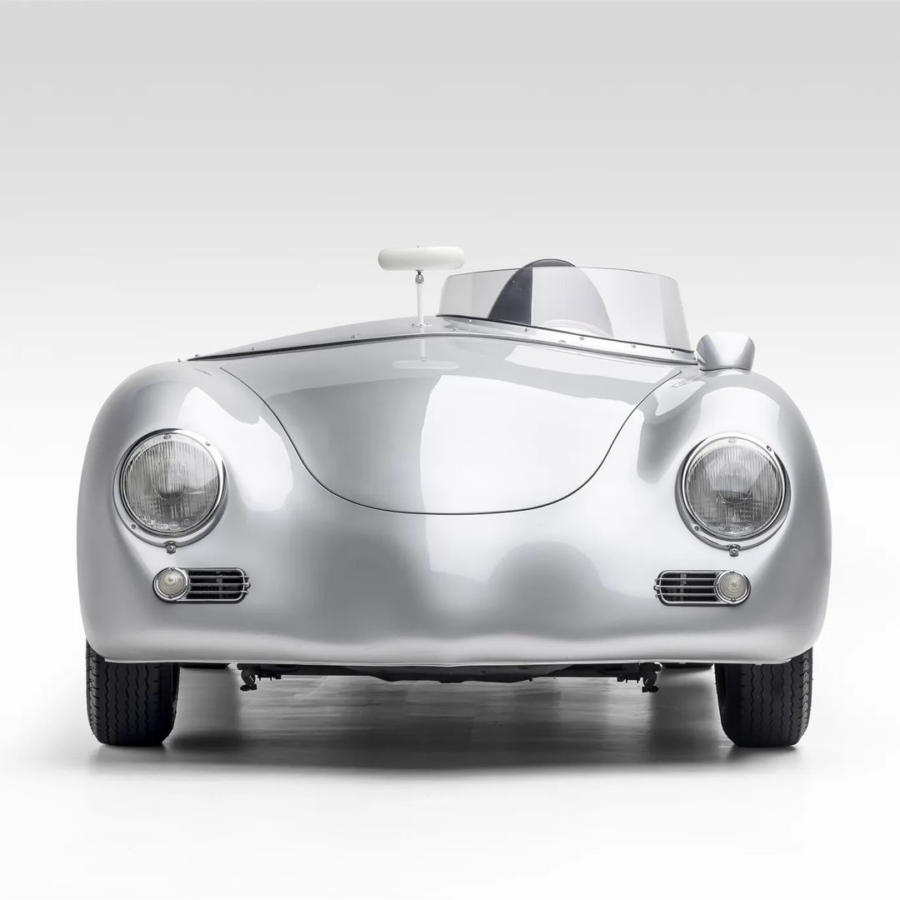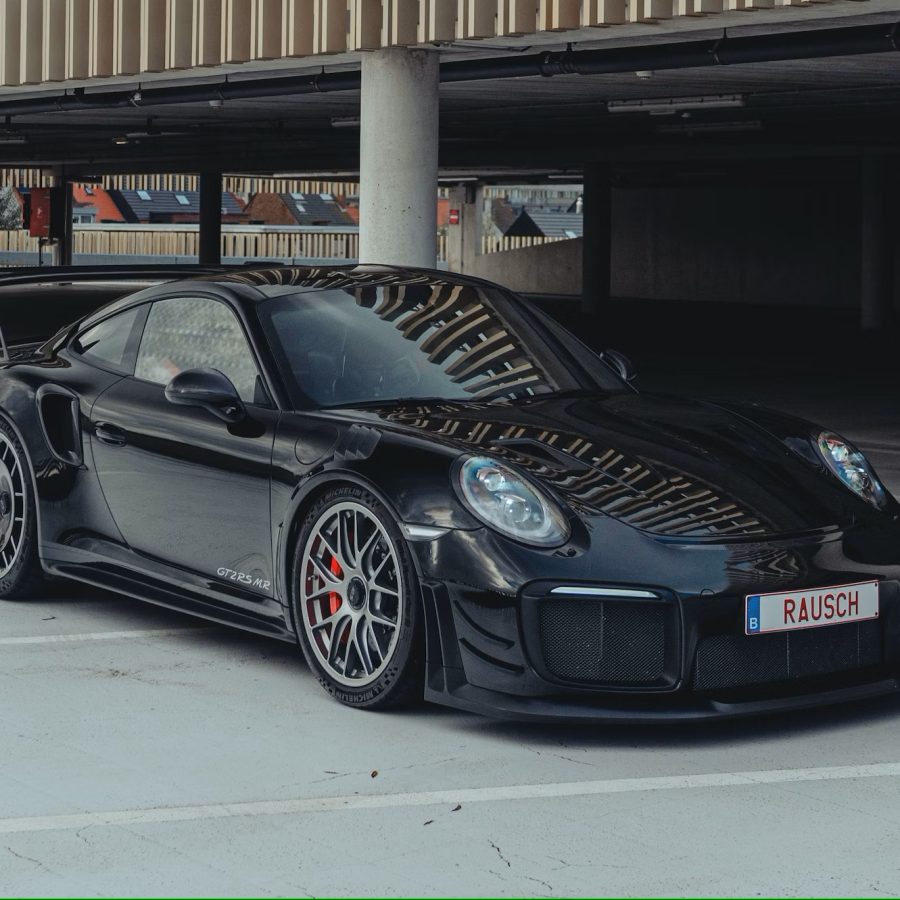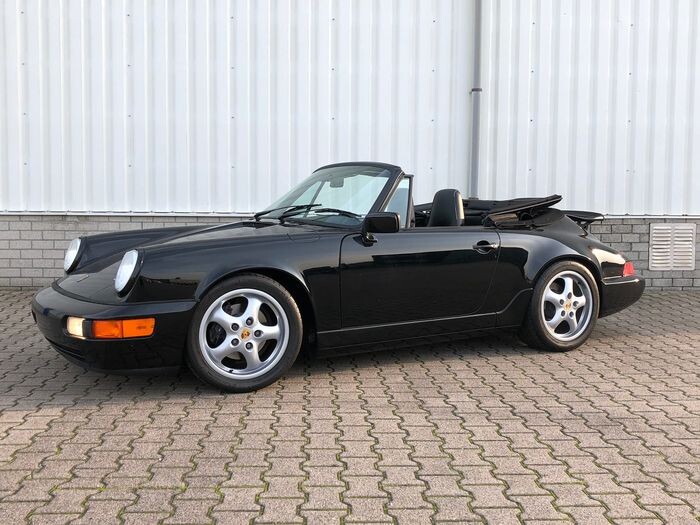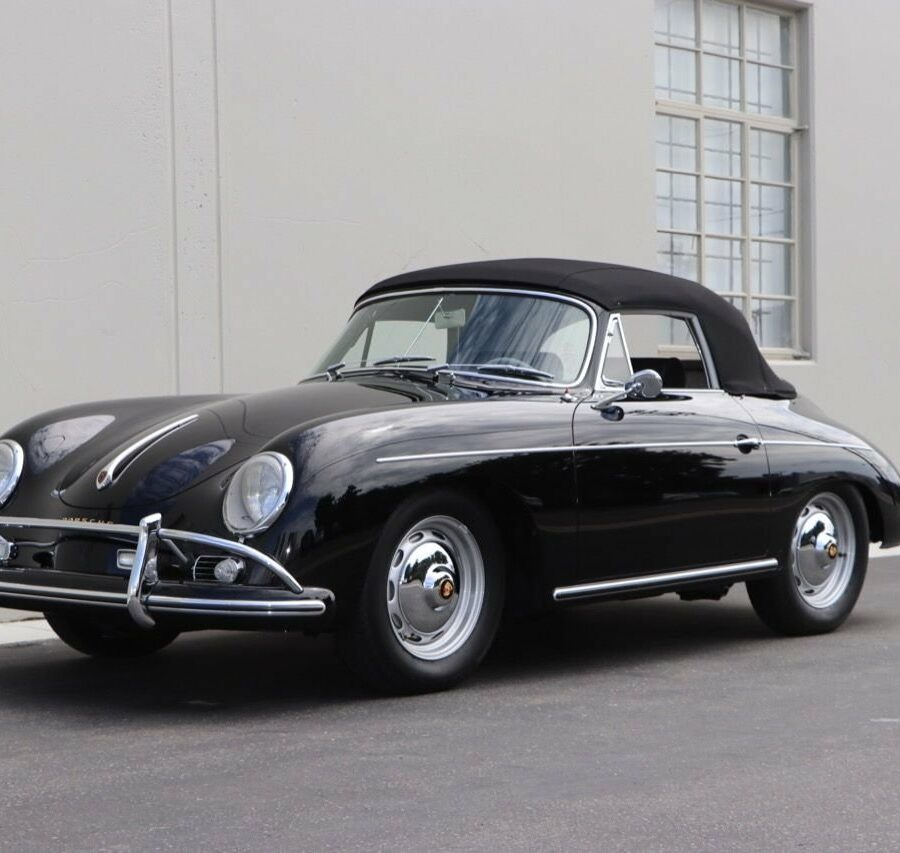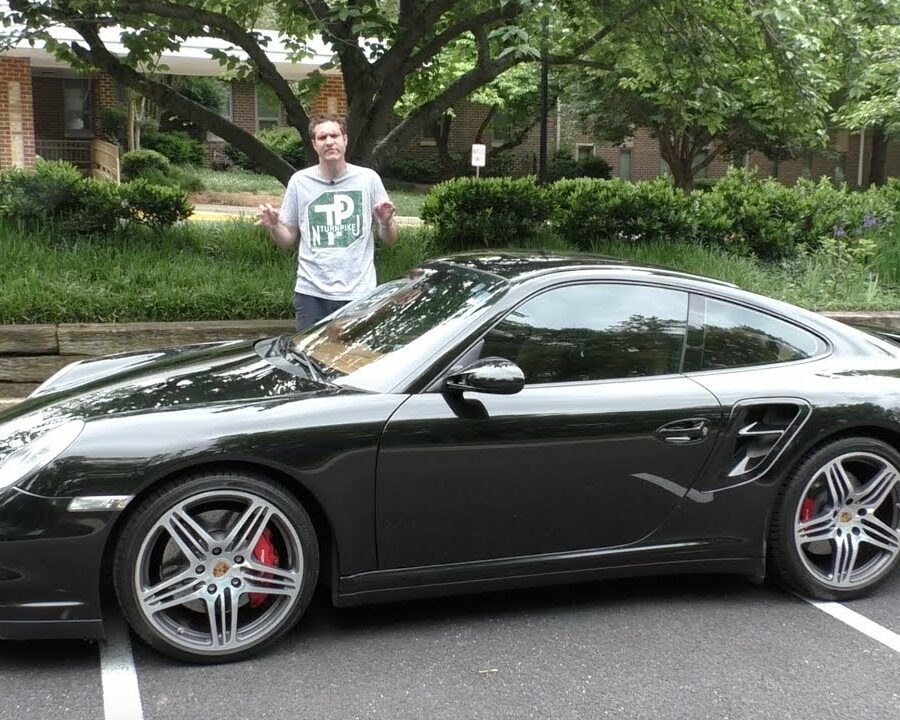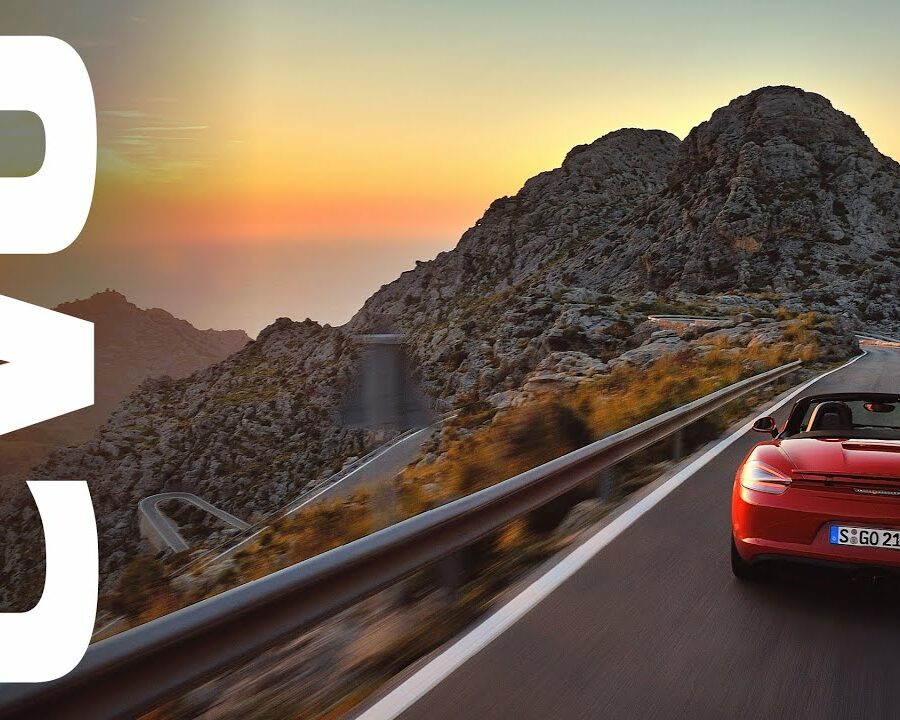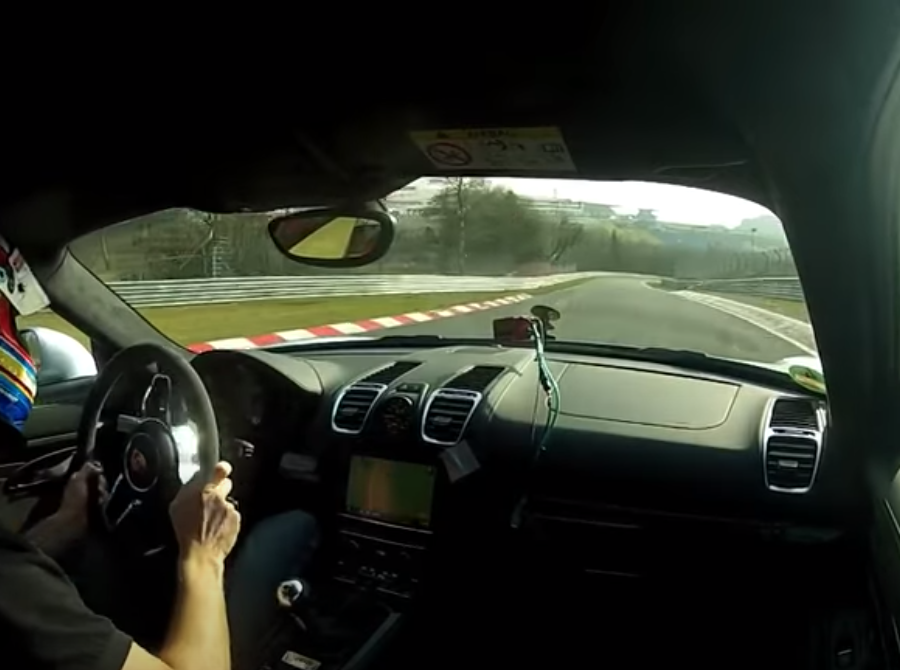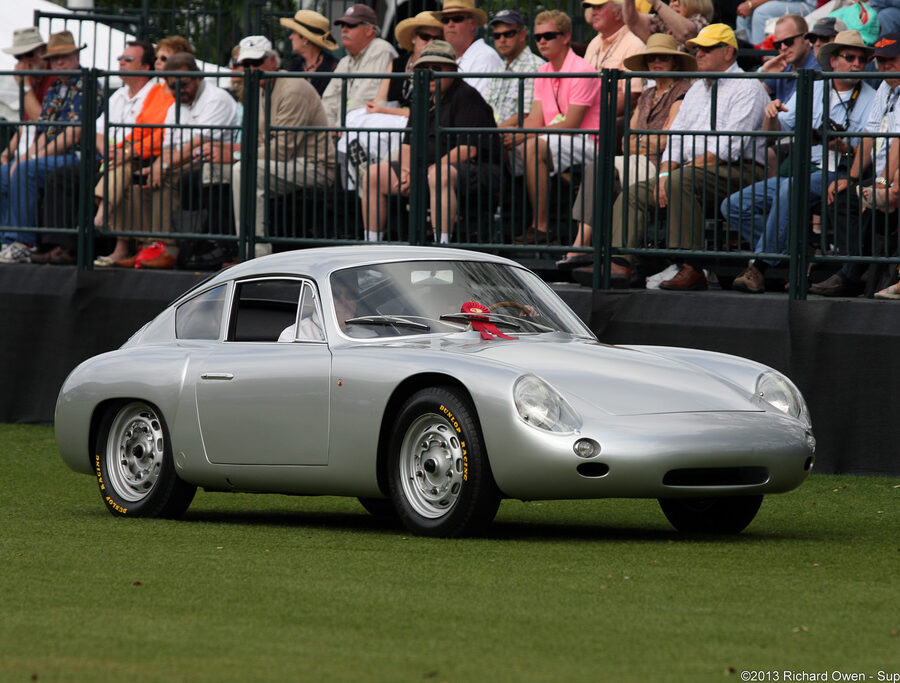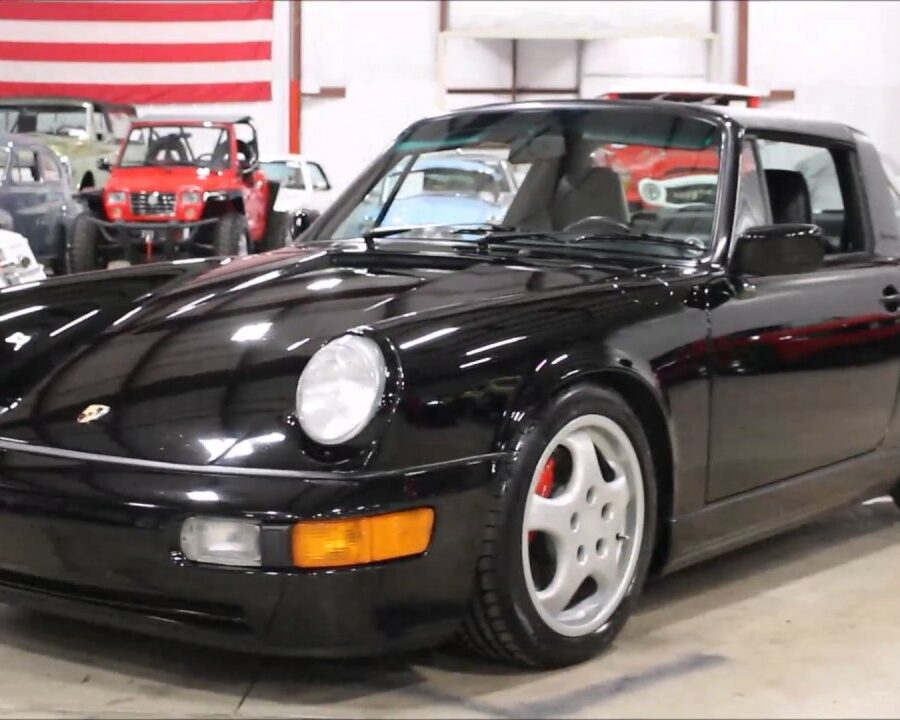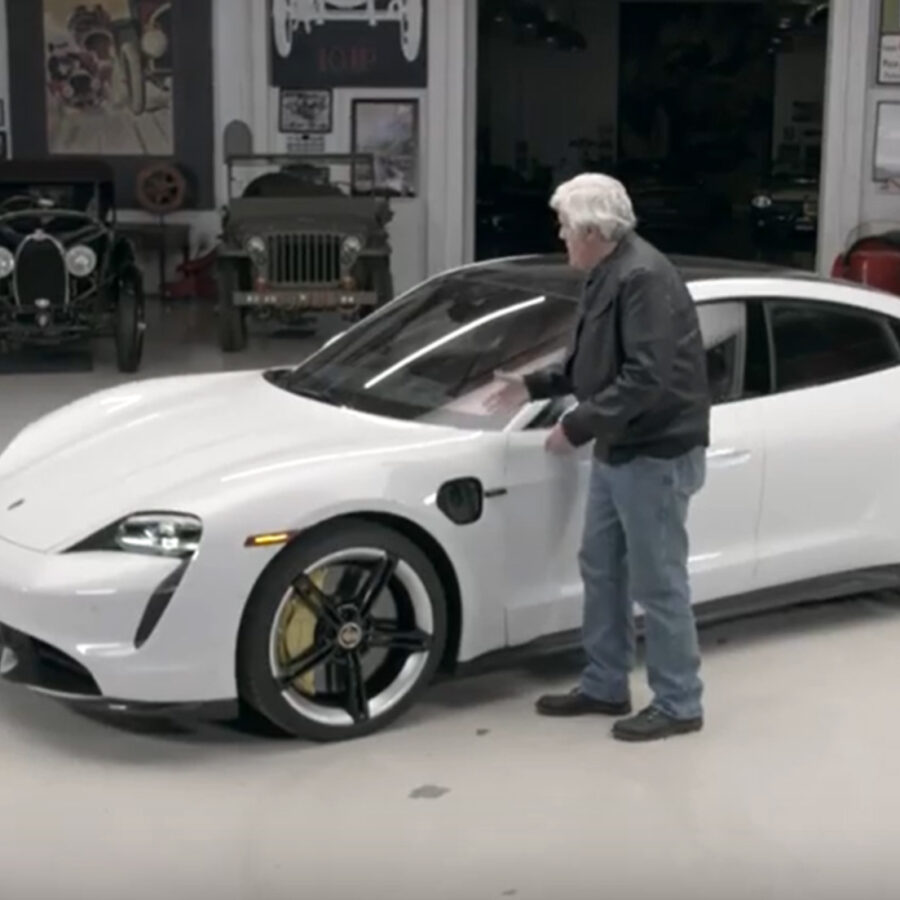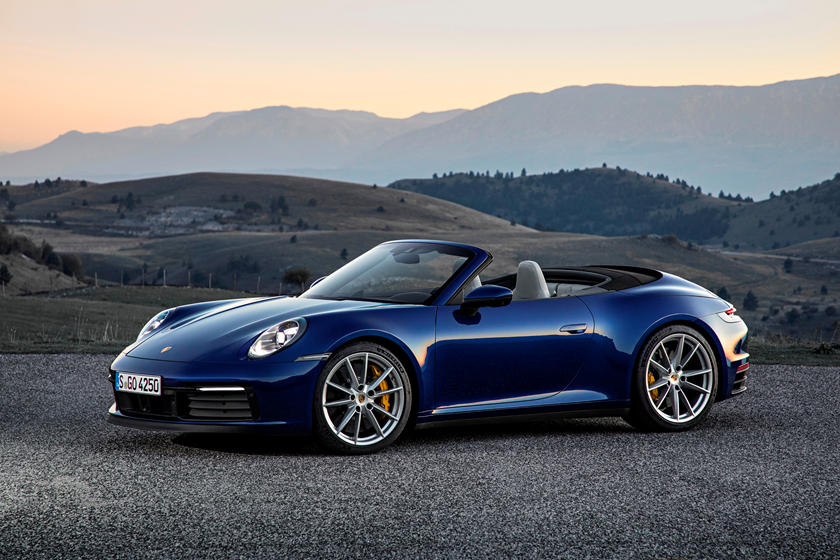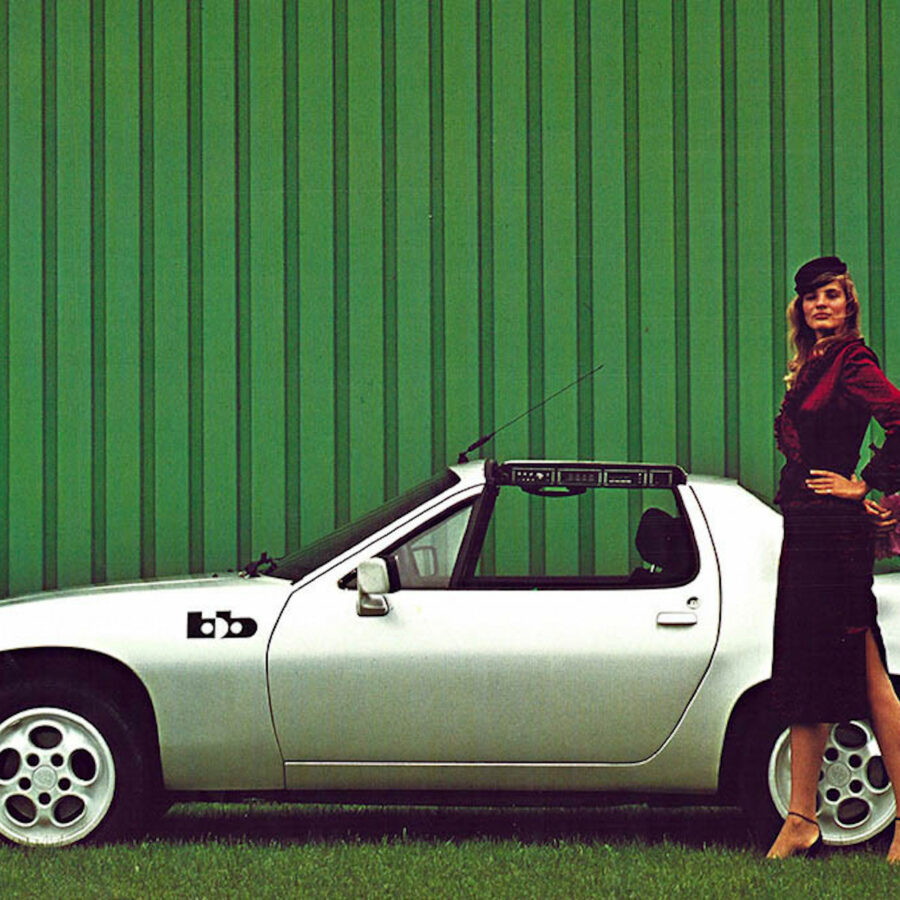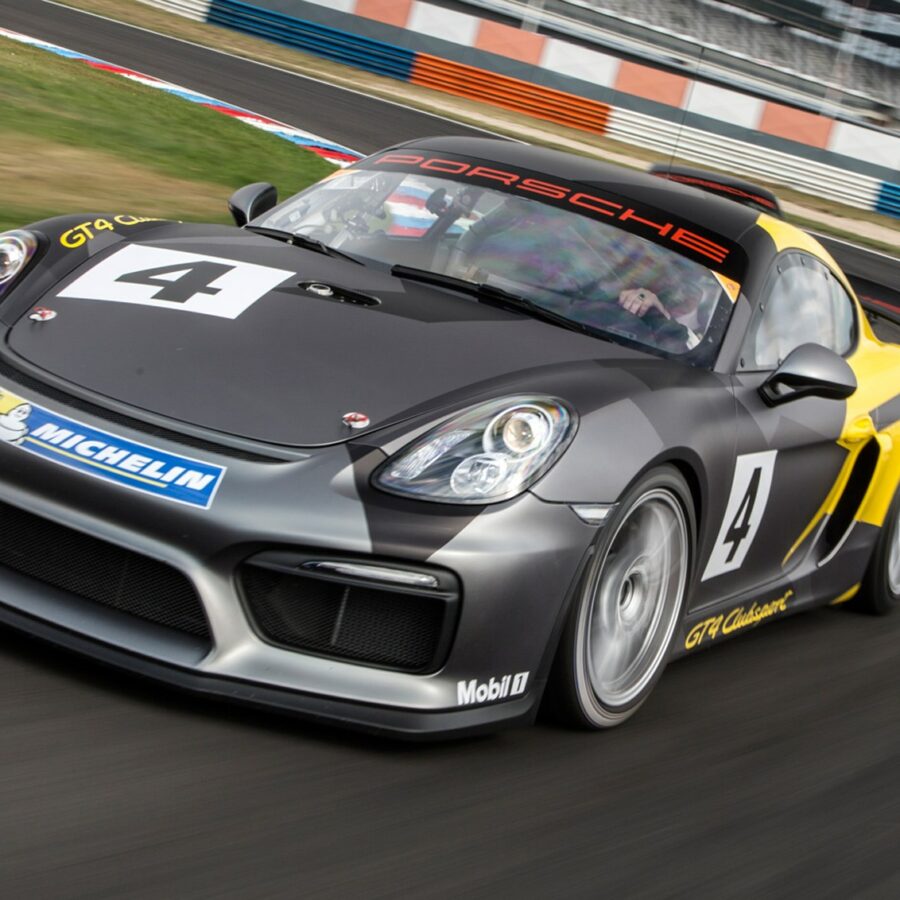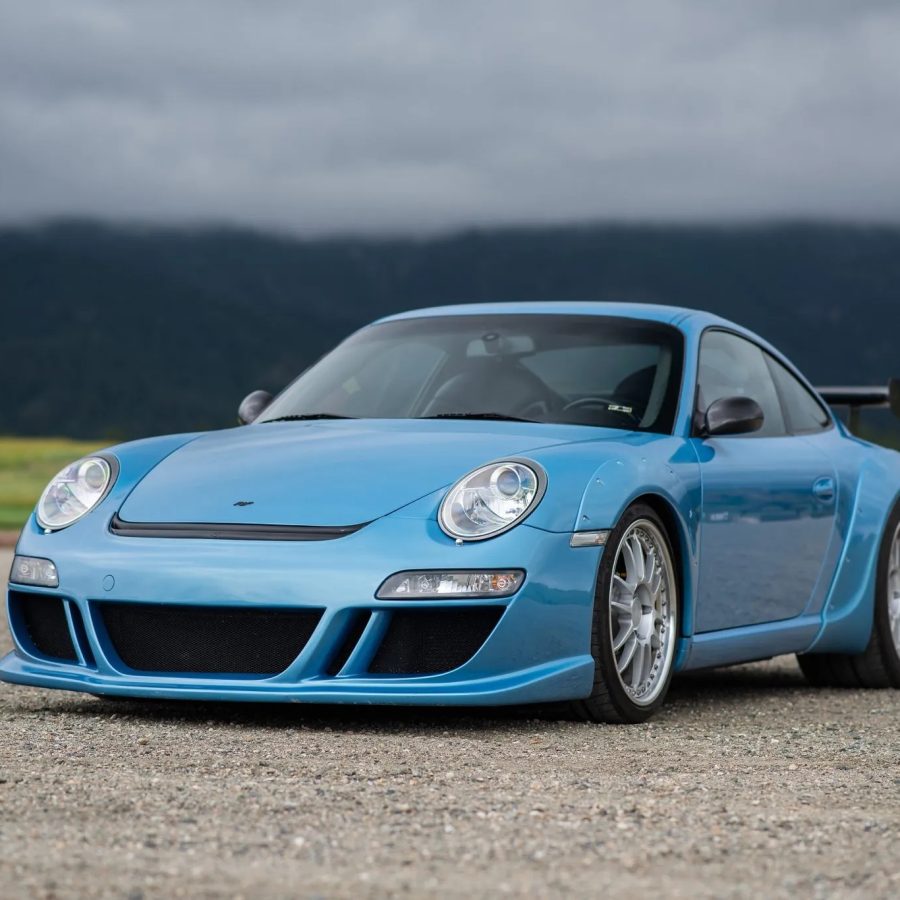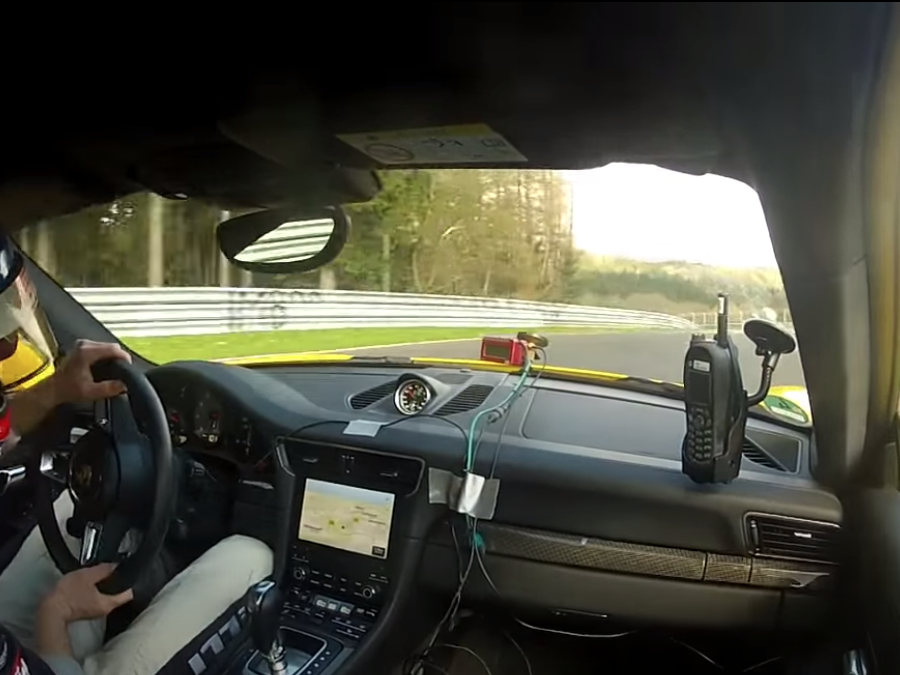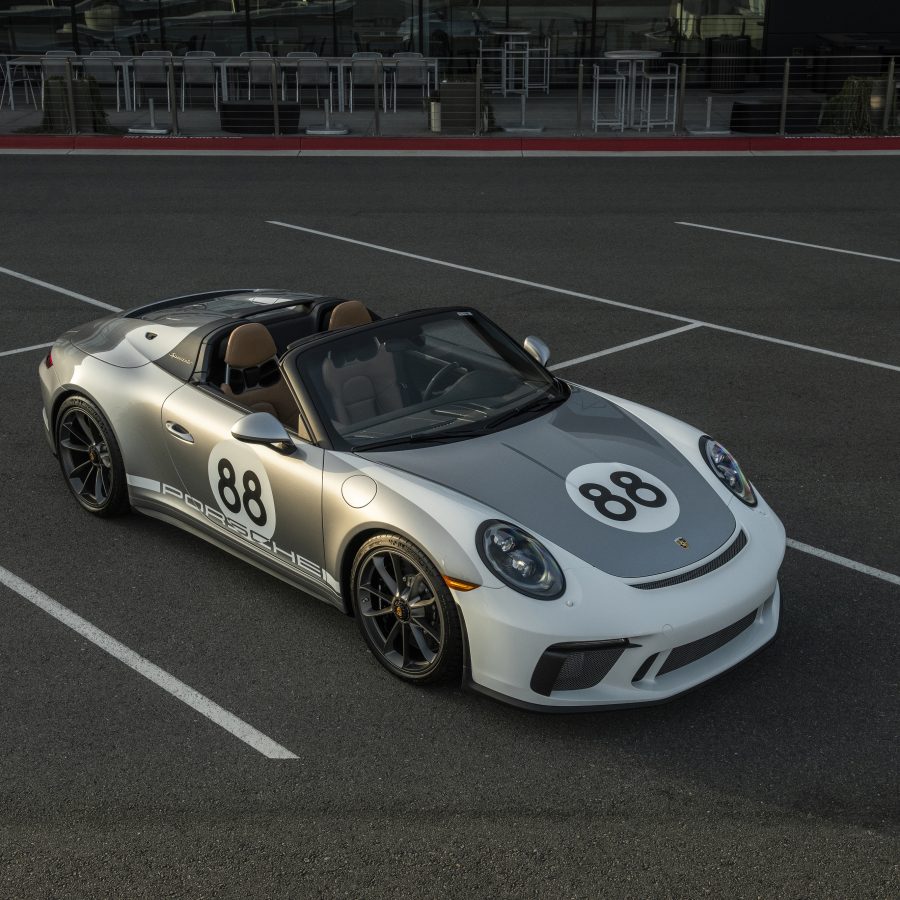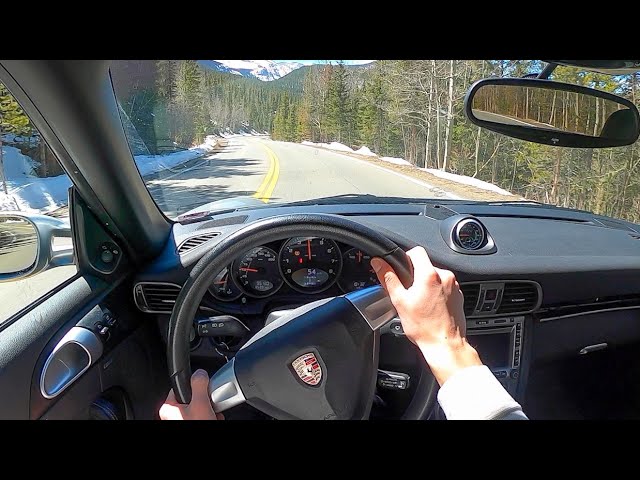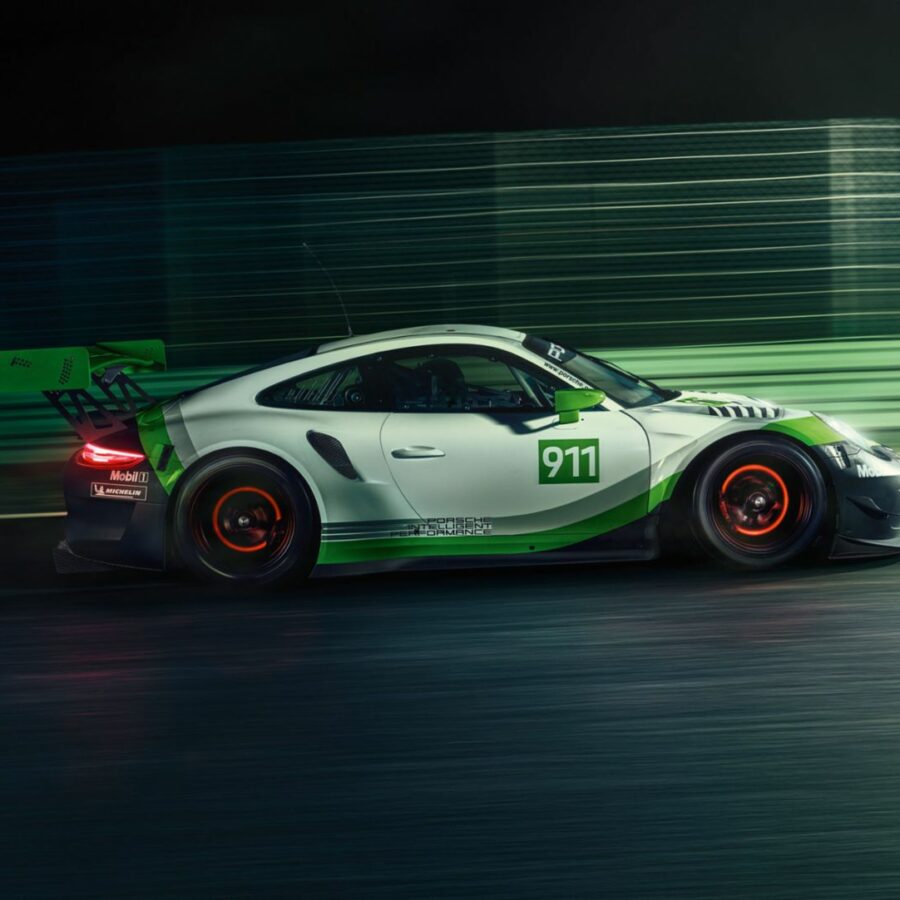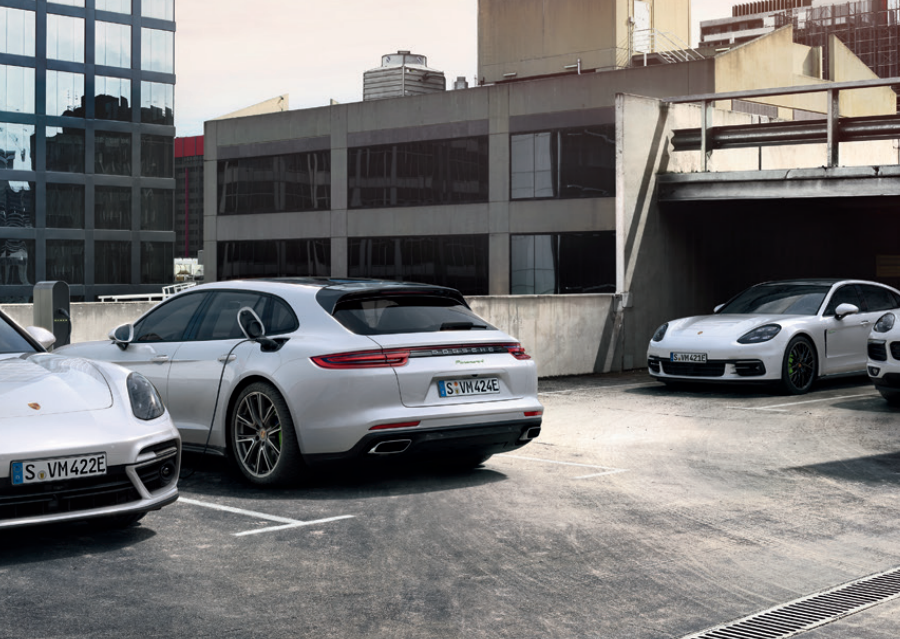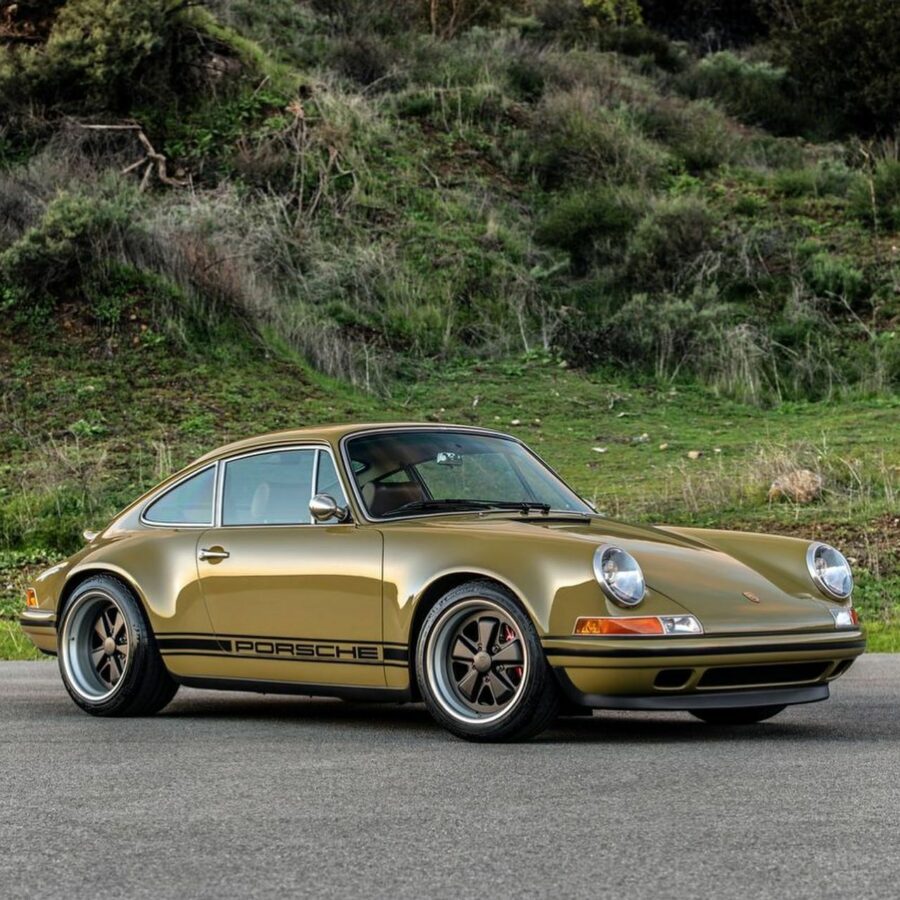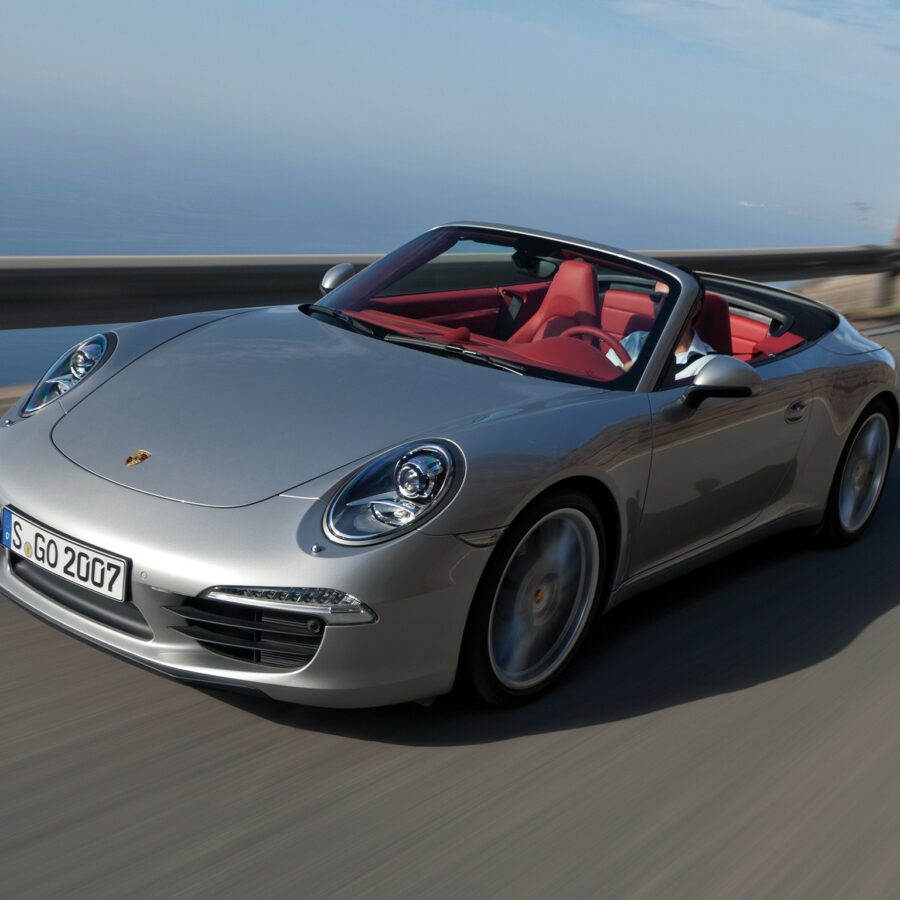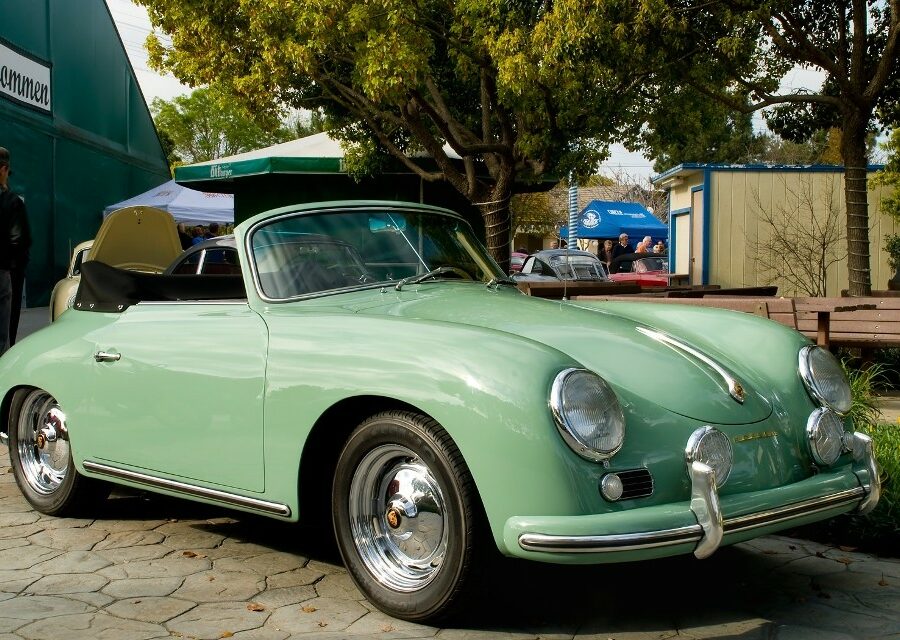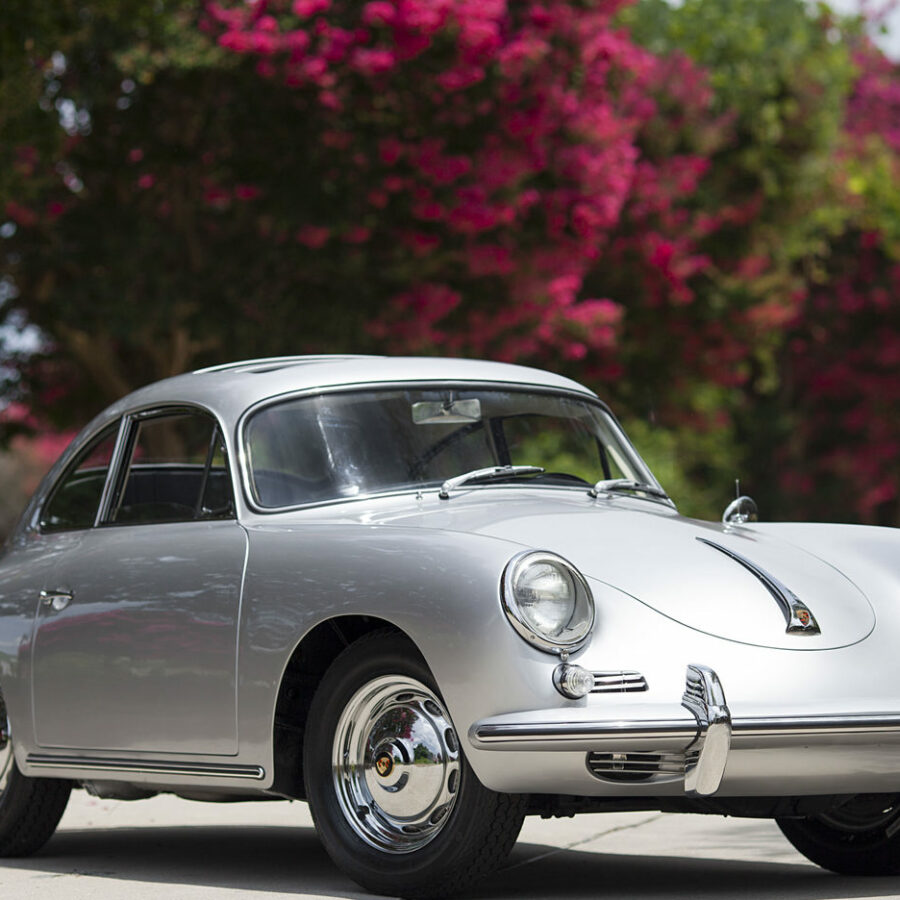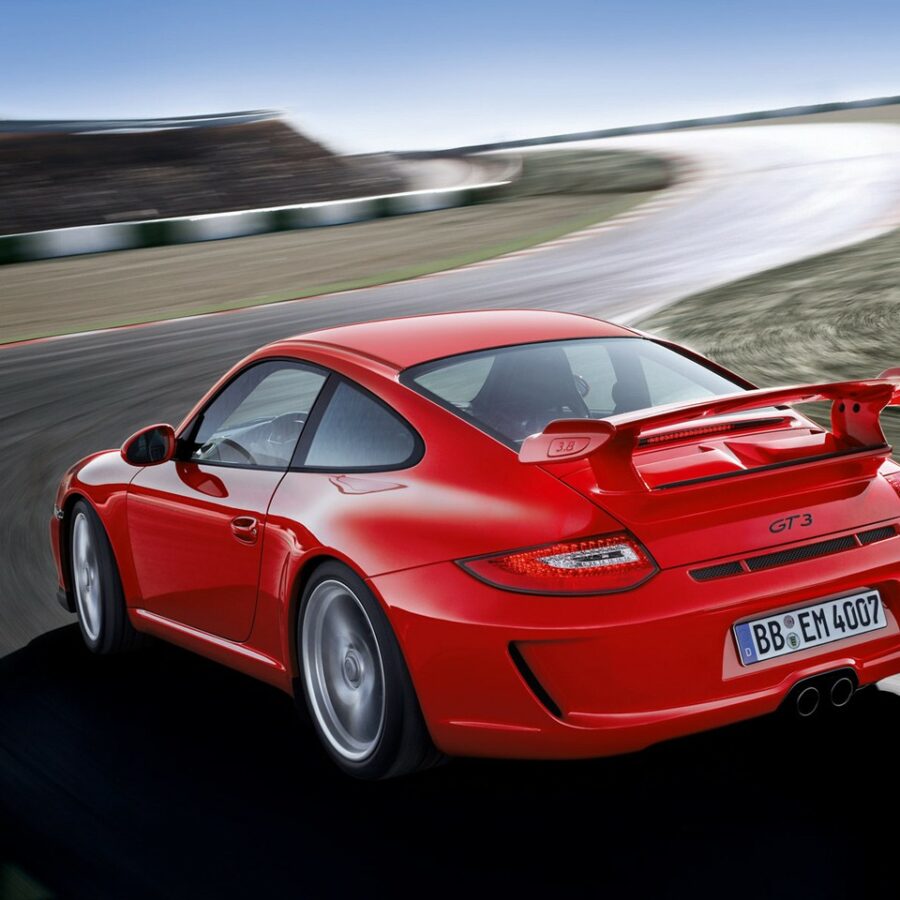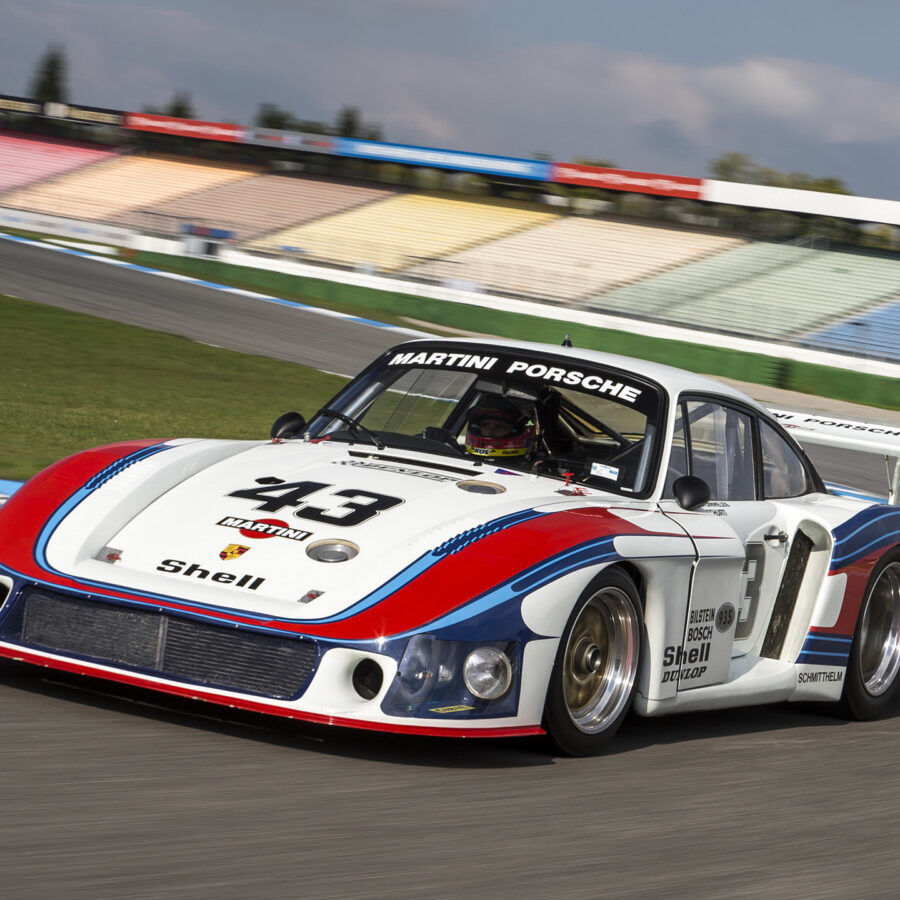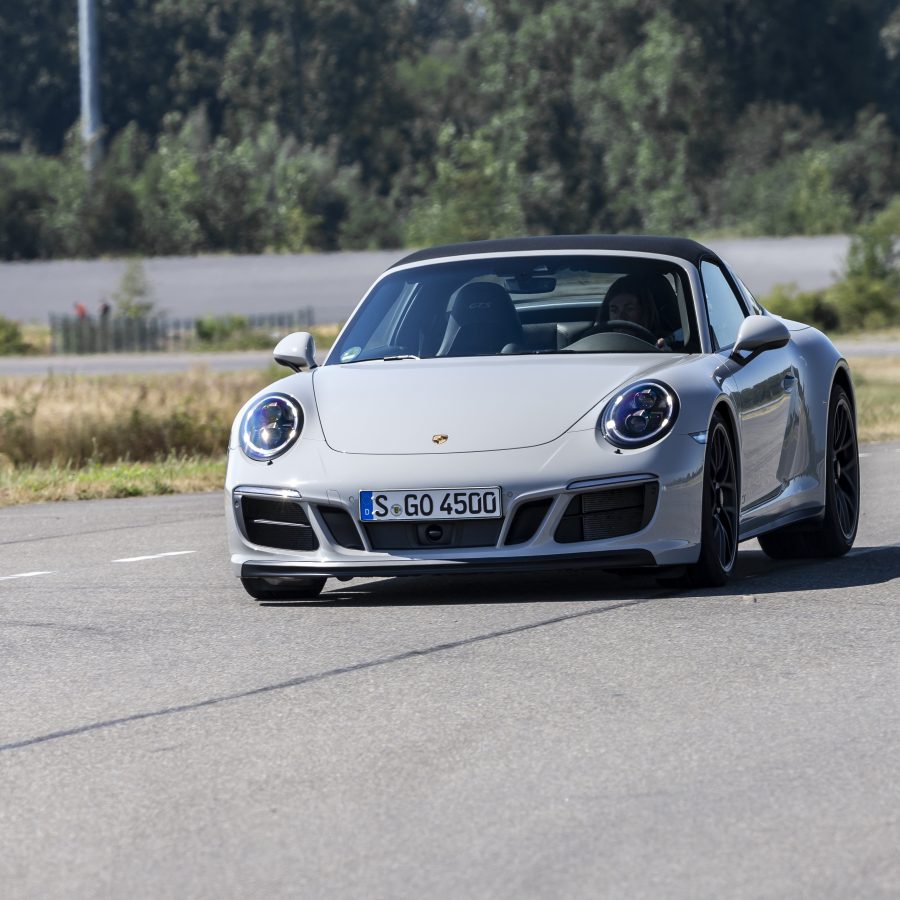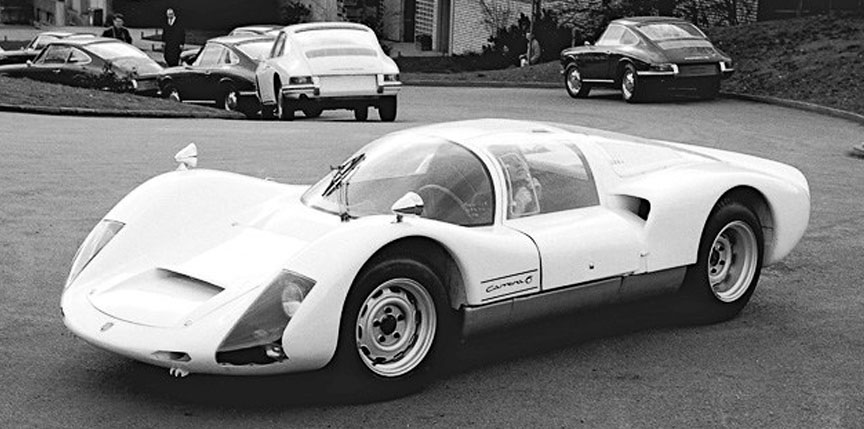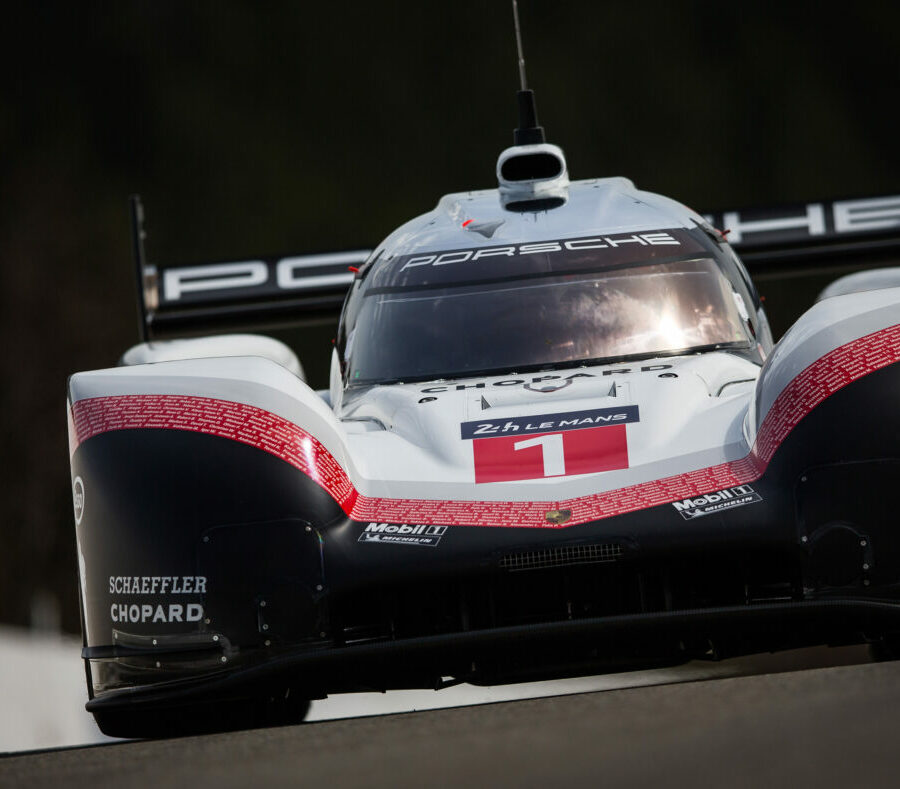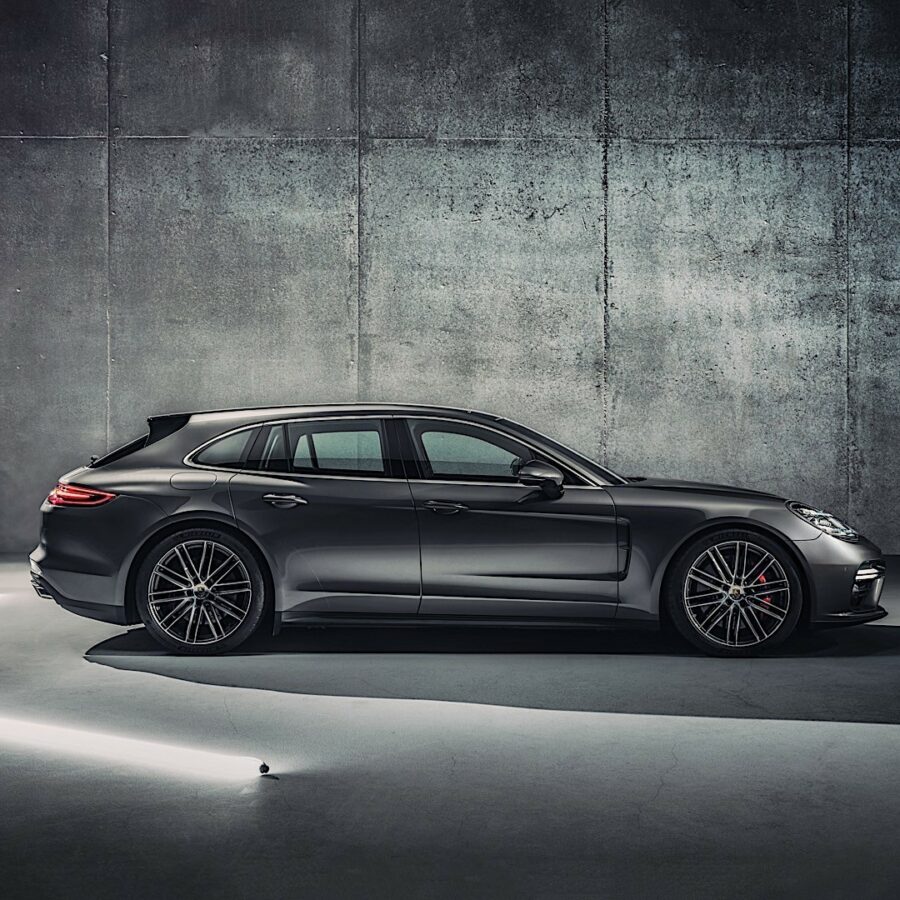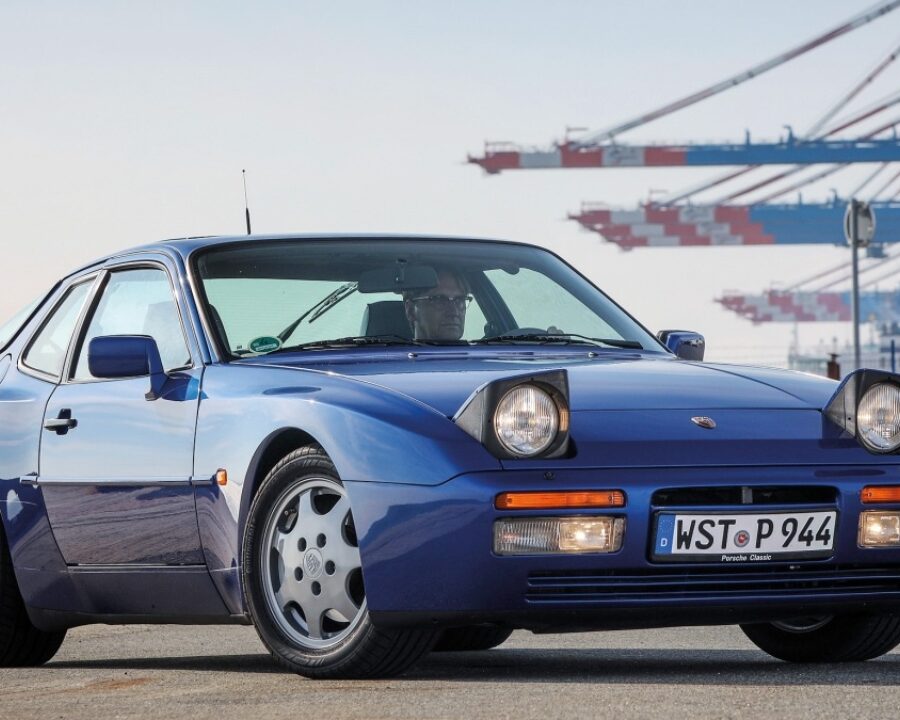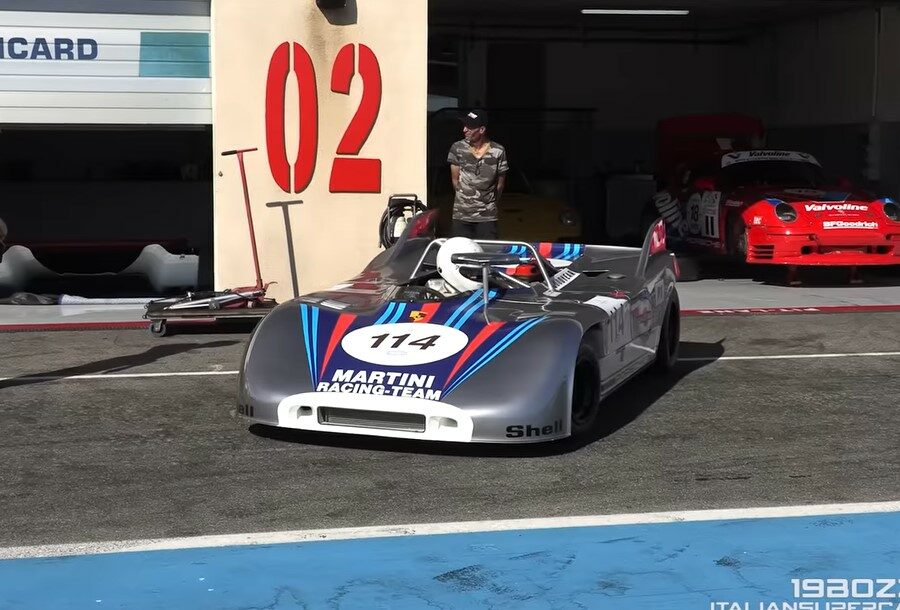Porsche Models
- Porsche 914
- Porsche Cayenne 955 (1st Gen)
- Porsche 917K
- Porsche 918
- Porsche 924
- Porsche 928
- Porsche 944
- Porsche 959
- Porsche 962
- Porsche Boxster Concept
- Porsche Carrera GT
- Porsche 911
- Porsche Cayenne
- Porsche RS Spyder
- Porsche Cayman 987 (2nd Gen)
- Porsche Cayman 981 (3rd Gen)
- Porsche Cayenne 957 (1st Gen)
- Porsche Boxster 986 (1st Gen)
- Porsche 718 Cayman 982 (4th Gen)
- Porsche Cayenne 958 (2nd Gen)
- Porsche 356 Pre-A
- Porsche Boxster 987 (2nd Gen)
- Porsche 356 A
- Porsche Boxster 981 (3rd Gen)
- Porsche 356 B
- Porsche 718 Boxster 982 (4th Gen)
- Porsche 356 C
- Porsche 968
- Porsche Panamera
- Porsche Panamera 970 (1st Gen)
- Porsche Panamera 971 (2nd Gen)
- Porsche Boxster
- Porsche Cayman
- Porsche Macan
- Porsche Taycan
- Porsche 912
- Porsche 919
- Porsche 956
- Porsche 2708 Indy
- Porsche Type 64
- Porsche 918 RSR Concept
- Porsche 918 Spyder
- Porsche 918 Concept
- Porsche 918 Spyder Prototype
- Porsche 917
- Porsche Race Cars
- 911 Carrera RS 2.7
- Porsche 550
- Porsche 718
- Porsche 901 (911)
- Porsche Concept Cars
- Porsche 904
- Porsche 906
- Porsche 907
- Porsche 908
- Porsche 910
- Porsche 911 (F-Series)
- Porsche 911 (991)
- Porsche 911 (G-Series)
- Porsche 911 (964)
- Porsche 911 (993)
- Porsche 911 GT1 Race
- Porsche 911 GT1 Street
- Porsche 911 (996)
- Porsche 911 (997)
- Porsche 916
- Porsche 919 Hybrid
- Porsche 934
- Porsche 934/5
- Porsche 935
- Porsche 936
- Porsche Mission E
- Porsche 928
- Porsche 928 S
- Porsche 928 S2
- Porsche 928 S4
- Porsche 928 GT
- 911 Speedster Concept
- Porsche 928 GTS
- Porsche 928 Specials
- Porsche 928 H50
- Porsche 928 CS/SE
- Porsche 935 Tribute
- Porsche 597
- Porsche Mission E Cross Turismo
- Porsche 551
- Porsche 911 (992)
- Porsche Concept 917
- Porsche Sport Tourer Electric
- Porsche Le Mans Living Legend
- Porsche 960 Turismo Concept
- Porsche 919 Street
- Porsche 904 Living Legend
- Porsche 906 Living Legend
- Porsche 911 Vision Safari Concept
- Porsche Bergspyder Concept
- Porsche Macan Vision Safari
- Porsche Vision 916
- Porsche Vision 918 RS
- Porsche Vision 920
- Porsche Vision E
- Porsche 917 16-Cylinder Prototype
- Porsche 959 Gruppe B
- Porsche Tapiro Concept
- Porsche Carrera GT Concept
- Porsche Taycan 4S
- 718 Cayman GT4 Rallye
- Porsche Taycan Turbo
- Porsche Type 360
- Porsche Taycan Turbo S
- Porsche 645 Spyder
- Porsche 550 Coupé (Prototype)
- Porsche 550 Spyder (Prototype)
- Porsche 550 Spyder
- Porsche 550 RS Spyder
- Porsche 550A RS Spyder
- Porsche 787 F1
- Porsche 804 F1
- Porsche 904 Carrera GTS
- Porsche 904/6 Carrera GTS
- Porsche 904/8 Carrera GTS
- Porsche 904 Bergspyder
- Porsche 906 Spyder
- Porsche 906 LH Coupé
- Porsche 965 (911)
- Porsche 942
- Porsche 906 E Carrera 6
- Porsche 906/8 Coupé
- Porsche 959 Prototype
- Porsche 969
- Porsche 906 Carrera 6
- Porsche 989
- Porsche 910 Bergspyder
- Porsche 910 Targa
- Porsche C88
- Porsche 909
- Porsche 718 RSK Spyder
- Porsche Panamericana
- Porsche 718 RS 60 Spyder
- Porsche 718 RS 61 Spyder
- Porsche 718 W-RS Spyder
- Porsche 718 GTR Coupe
- Porsche 718/2 F2
- Porsche 718 RS 61 LM Coupé
- Porsche 718 RSK Mittellenker
- Porsche 907 K
- Porsche 907 LH
- Porsche 908/01 LH Coupé
- Porsche 908/01 K Coupé
- Porsche 908/02 K Spyder
- Porsche 908 K Flunder Spyder
- Porsche 908 LH Flunder Spyder
- Porsche 908/03 Spyder
- Porsche 908/03 Spyder Turbo
- Porsche 919 Hybrid Evo
- Porsche 984
- Porsche LMP2000
- Porsche LMP1-98
- Porsche 961
- Porsche 917 LH-69
- Porsche WSC-95
- Porsche 917 K-69
- Porsche 917 ‘Interserie Spyder’
- Porsche 917 K-70
- Porsche 917 K-71
- Porsche 917 LH-70
- Porsche 917 LH-71
- Porsche 917/20
- Porsche 917/10-71
- Porsche 917/10-72
- Porsche 917/10 Turbo
- Porsche 917/20 Turbo
- Porsche 917/30
- Porsche 914/4 (1.7 L)
- Porsche 914/4 (2.0 L)
- Porsche 914/6 (2.0 L)
- Porsche 914 LE
- Porsche 914/4 (1.8 L)
- Porsche 914/8
- Porsche 914-6 GT
- Porsche 924 (Base)
- Porsche 924 Turbo
- Porsche 924 Carrera GT
- Porsche 924 Carrera GTR
- Porsche 924 Carrera GTS
- Porsche 924S
- Porsche 924 Rallye Turbo
- Porsche 924 Carrera GTP
- Porsche 924 SCCA
- Porsche 944 Coupe
- Porsche 944 S Coupe
- Porsche 944 S2 Coupe
- Porsche 944 S2 Cabriolet
- Porsche 944 Turbo Coupe
- Porsche 944 Turbo S Coupe
- Porsche 944 Turbo Cup
- Porsche 944 Turbo Cabriolet
- Porsche 944 GTP
- Porsche 944 Swiss Special
- Porsche 944 French Special
- Porsche 944 Celebration
- Porsche 944 S2SE
- Porsche 968 Coupe
- Porsche 968 Cabriolet
- Porsche 968 CS Coupe
- Porsche 968 Turbo S
- Porsche 968 Turbo RS
- Porsche 968 Sport
- Porsche 959 Rally
- Porsche Cayenne 9YA (3rd Gen)
- Porsche 959 Komfort
- Porsche 959 Sport
- Porsche Boxster (Base)
- Porsche Boxster S
- Porsche Boxster S Special Edition
- Porsche Boxster Spyder
- Porsche Boxster RS 60 Spyder
- Porsche Boxster GTS
- Porsche Boxster T
- Porsche Cayman (Base)
- Porsche Cayman S
- Porsche Cayman GTS
- Porsche Panamera Sport Turismo
- Porsche Cayman GT4
- Porsche Cayman R
- Porsche Macan 95B (1st Gen)
- Porsche Cayman S Black Edition
- Porsche Macan (Base)
- Porsche Cayman S Sport
- Porsche Macan S
- Porsche Macan GTS
- Porsche Cayman S Design Edition 1
- Porsche Cayman T
- Porsche Macan Turbo
- Porsche Cayman GT4 Clubsport
- Porsche Taycan (Base)
- Porsche Taycan 4
- Porsche 718 Boxster 25
- 964 Carrera 2
- Porsche Formula E
- 964 Carrera 4
- ’30 Jahre’ Anniversary
- 964 Speedster
- 964 Turbo
- 964 Carrera RS
- 964 Carrera Cup
- 964 RSR
- 993 Carrera
- Porsche Cayman GT4 RS
- 911 Edition 50
- 993 Carrera 4
- 911 2.0 Bertone Roadster
- 993 Carrera 4S
- Porsche Macan T
- 993 Carrera S
- Porsche Mission R Electric
- Porsche Vision Gran Turismo
- 993 Targa
- 992 Sport Classic
- 993 Turbo
- 993 Carrera RS
- 996 Carrera
- 996 Carrera 4
- 993 GT2
- 992 America Edition 911
- 996 Targa
- 993 Carrera Cup
- 996 Carrera 4S
- Porsche 963
- 996 Turbo
- Porsche 718 Cayman GT4 ePerformance
- 996 Turbo S
- 996 GT3
- 996 GT3 RS
- 996 GT2
- 718 Boxster
- 996 GT3 Cup
- 996 GT3 R
- 996 GT3 RSR
- 997 Carrera
- 996 GT3 RS Race
- 997 Carrera S
- Porsche 991 (991)
- 997 Carrera 4
- 997 Carrera 4S
- 997 Targa
- 911 Carrera 3.0 Coupe (G-Series)
- 997 Targa 4S
- 997 Turbo
- 997 Turbo S
- 992 Carrera T
- 997 GT2
- 997 GT2 RS
- 997 Speedster
- 992 Dakar
- 997 Carrera GTS
- 997 Carrera 4 GTS
- 997 GT3 Cup
- 997 GT3 R
- 997 GT3 RSR
- 997 GT3
- 997 GT3 RS
- 997 GT3 R Hybrid
- 991 Carrera
- 991 Carrera 4
- 991 Carrera S
- Porsche 981
- 991 Carrera 4S
- Porsche Vision 357
- 991 Targa 4
- 991 Targa 4S
- 991 Turbo
- 991 Turbo S
- 991 Carrera GTS
- 991 Carrera 4 GTS
- 991 Targa 4 GTS
- Porsche 961
- 991 911 R
- 991 GT3
- Porsche 992 GT2 RS
- 991 GT3 RS
- 991 GT2 RS
- 991 Speedster
- 991 GT3 R
- 991 GT3 Cup
- Porsche 962
- 991 RSR
- Porsche Cayenne (4th gen)
- 991 Carrera T
- 992 Carrera 2
- 992 Carrera 4
- Porsche Type 540 America Roadster
- 992 Carrera S
- Porsche 718 Spyder RS
- 992 Carrera 4S
- 992 Targa 4
- Porsche Mission X
- 992 Targa 4S
- 992 Carrera GTS
- 992 Carrera 4 GTS
- 992 Targa 4 GTS
- Porsche RS60 Spyder
- 992 Turbo
- 992 Turbo S
- 992 GT3 R
- 992 GT3
- 992 911 S/T
- 992 GT3 Touring
- 992 GT3 RS
- 911 (G-Series)
- 992 GT2 RS
- 992 GT3 Cup
- 911 Carrera 3.0 (G-Series)
- Porsche Taycan GTS
- Porsche 356 SC
- 911 S (G-Series)
- Porsche Mission X
- 911 SC (G-Series)
- 911 Carrera RSR 2.8
- Porsche 992 GT3 R Rennsport
- 911 S/T
- 911 (Base Model)
- 911 Carrera 3.2 (G-Series)
- 911 SC Safari
- 911 Turbo (930)
- 911 L
- 911 T
- 911 Carrera RSR Turbo 2.1
- 911 Carrera RSR 3.0
- 911 E
- 911 S
- 911 SC San Remo
- Pre-A Speedster
- 911 R
- 911 Carrera 3.2 Clubsport
- Porsche 953
- Porsche 356
- 911 T/R
- 911 Carrera RS 3.0
- 911 Carrera 25th Anniversary
- 911 Turbo LE
- 911 SC RS
- 911 3.2 Speedster
- 911 Carrera 2.7 (G-Series)
- Beutler Coupe
- 911 Carrera Commemorative
- 911 Turbo 2.7
- Porsche 911 GT1
- Porsche 99X Electric
- Porsche Macan 4
- 964 Turbo S
- Taycan Turbo GT
- Porsche Panamera 976 (3rd gen)
- Porsche Macan 4S
- Macan Electric
- Porsche 954
- 992.2 GT3
- 992.2 GT3 Touring
- Porsche Taycan (Gen 2)
New Porsche 911 GT3 R Rennsport
77-unit limited edition unveiled at Rennsport Reunion 7
Porsche Taycan Turbo S (2020 – Present)
Insane Power. Insane Performance. Porsche Builds The Best Electric Car on the Planet.
Porsche 924 – Sales Brochures
Sales Catalogs for the Porsche 924
Porsche 911 Carrera 4 Cabriolet (996) (1999 – 2001)
The all-wheel-drive system provides between 5-40% of torque to the front wheels depending on the situation
Porsche 911 Carrera S Coupe (991.2) (2016 – 2019)
Purists might moan that the naturally aspirated flat-six engine is gone, but this is still the best sports car around
Porsche 911 GT3 R (991.1) (2016 – 2018)
A customer sport race car for GT3 series around the world: The 911 GT3 R.
Porsche 907 LH (1967 – 1968)
The First Porsche Ever to Win a 24-Hour Endurance Race.
Porsche Boxster (MY1999) – Equipment & Options Codes
Equipment Codes & Option Decoder
1970 Porsche VW 914-6 Heuliez Murene
A flamboyant French body with a German Chassis
FOR SALE: 2019 Porsche 911 Speedster
Offered with 2,450 miles on the odometer
Porsche 911 Targa 4S (997) (2007 – 2008)
Softer spring rates than the coupe. More leather in the cabin and better equipment. All-wheel drive security.
Porsche RS Spyder – Specifications & Performance
Technical Specifications
Porsche Boxster (2009 – 2012)
For 2009 MY, the second generation of the Boxster received new technologies and more power.
FOR SALE: 2018 Porsche 911 GT2 RS ‘MR’
Previously owned by F1 driver and 2015 Le Mans 24 Hours winner Nico Hulkenberg.
Porsche 911 Carrera RS Competition (1992)
For race teams and track day customers Porsche prepared a small number of the 964 Cup cars according to the FIA NG-T regulations.
First KALMAR Automotive 7-97 Delivered to USA
The ultimate "No compromise" air-cooled 911?
Factory ordered “One of a kind” 911 Dakar
Sonderwunsch commission shines with individuality
Buchmann-Porsche 928 Targa
The one we wish they made
Porsche Cayman GT4 Clubsport (2015 – 2016)
It's a mid-engined Porsche racing car.
Porsche Panamera (MY2017 – 2023) – Sales Brochures
Sales Catalogs for the second generation Porsche Panamera
Porsche Cayenne’s Sophisticated Technology
Understanding system integration in braking, ride, and noise
Porsche 906/8 Coupe (1966)
Another four factory 906s received an air-cooled eight-cylinder boxer engine of the type 771, which was already used in the 904/8.
Porsche 944 (MY 1989-1991) – Part Catalog
Spare Parts Catalog (Porsche PET) for the Porsche 944


